
Fighter's Codex is a martial art style training program for general fitness. It is a high intensity workout regimen that will streamline and tone and give your body strength and agility. It's 100% no-equipment and home friendly program. It is suitable for a beginner and it will work for a pro, too. You will practice kicks and punches, work on your flexibility and balance and even learn some fighting techniques while getting fit. From a training point of view it will physically transform you to a martial artist. If you already do some martial arts it will take you to an entirely new level in 30 days.
The Fighter’s Codex is a forge. It will take the raw power that is “you” and, over 30 days, turn it into a highly efficient, potentially lethal, kick-ass, fighting machine. You could be new to this or you may already be doing some martial art, it’s designed to benefit you regardless. Go through each day, pick a level (where appropriate) and follow through the exercises. If you’re not sure about the execution of any of them check out the videos in our exercise library.
There are performance, practice and recuperation days all built into this. It is designed to increase your speed, stamina, strength, flexibility, tendon strength and motor-coordination skills. You will perform some of the training routines practiced by world class martial artists. It will make you aware of your body and the way it moves in a way you have never quite been before. Those who go through it get to meet their badass self on the other side of the 30 days.
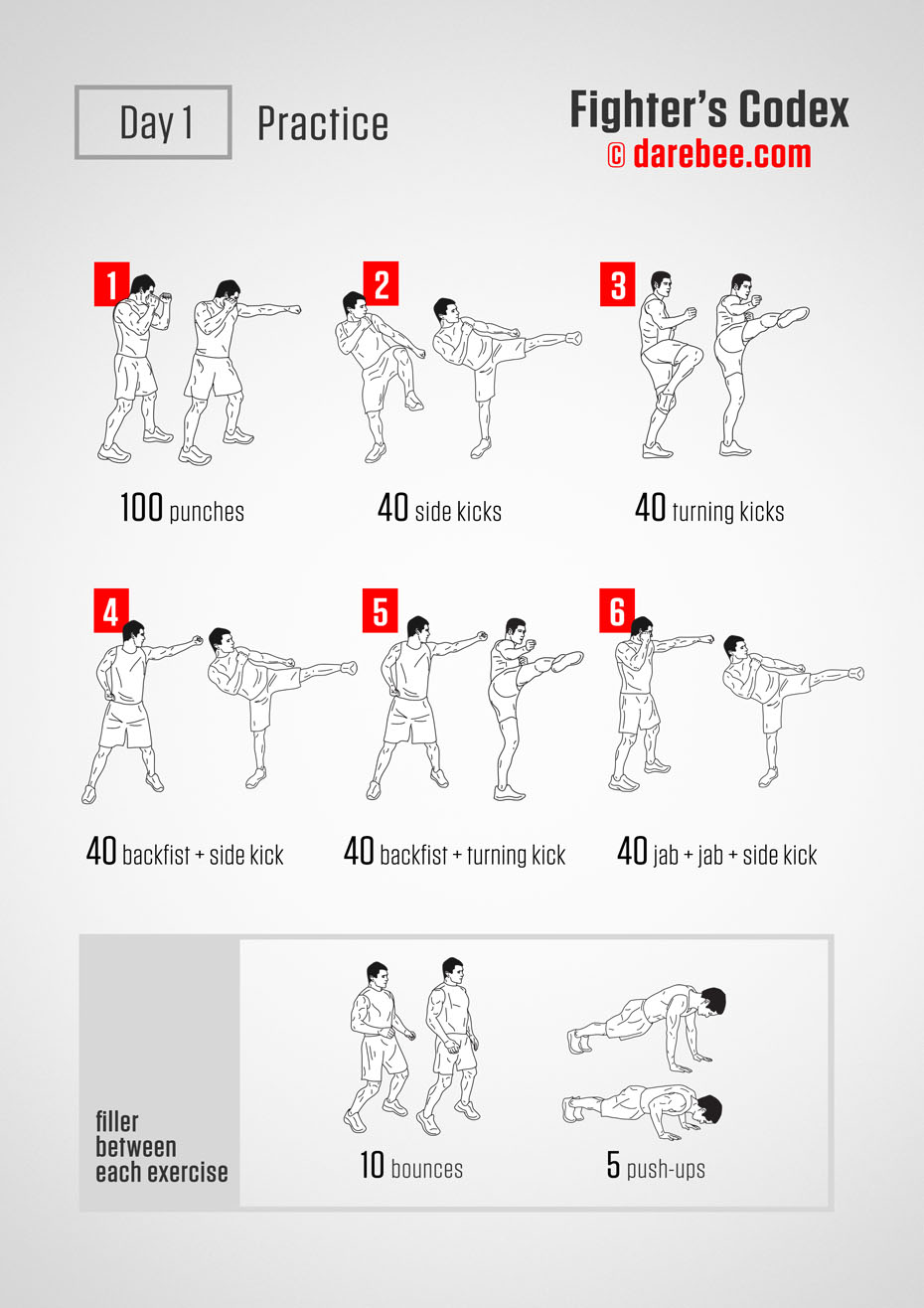
There are three things that make a perfect fighter and they all work in a complementary manner in the end: Flexibility, tendon strength, neuron density in the muscle. To understand why consider them in reverse order:
Neuron density is achieved through repetition. Repeating moves helps create “form” which is another way of saying muscle memory. This builds up neurons in the muscles being worked that makes them more responsive so they are faster and they are stronger.
Tendon strength is required for execution and muscle stability. When you use a turning kick, for instance, you are partially using the strength of your quads and the speed of your body and your weight but none of that will really help if your side hip flexors are not strong enough to raise the leg without effort. If your tendons are not strong enough the ‘heavy lifting’ is done by your muscles which means you use up a lot of your strength just to execute each move, dissipating its power.
Flexibility is about degrees of freedom in your body. If we stick with our turning kick example, in order for it to be fast and powerful you also need flexible hamstrings. If your hamstrings are tight you end up using a lot of the power of your kicking leg just to execute the kick so by the time your foot hits its target it hardly has anything left to deliver. Tight hamstrings in your supporting leg mean that your balance is not quite right which will also affect the form of your kick.
Fighters who work on form, flexibility, tendon strength and muscle density end up being in total control of their own body. Ultimately that is what being a fighter is all about. If you do not control your body, there is no hope of controlling anybody else’s long enough to beat them.
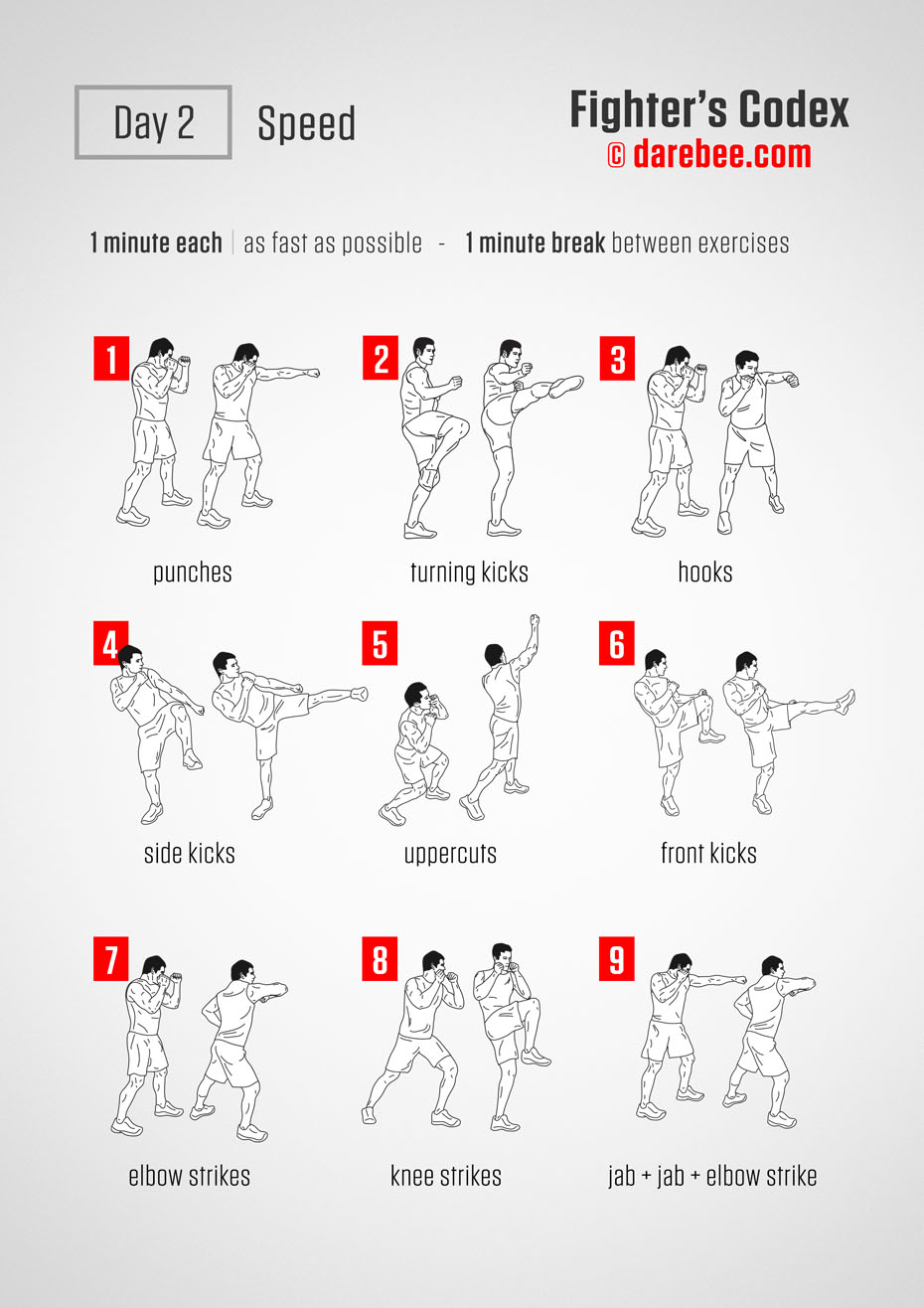
The moment you think of martial arts you think of one thing first: insanely fast punches and kicks. Certainly that is part of it. Repetition of techniques, over time, builds up speed in execution. But that is only part of it. Good fighters are fast not because they can react fast but because they can predict what their opponents are going to do and then move to counter it. Sometimes, the very best fighters, can precipitate an opponent’s move by adequately reading them from the start and controlling their movements through an action/reaction plan. But even those who cannot are usually pretty good in seeing what’s coming long before it does. It takes a little time and some experience but it’s not magic. From any given physical position there are only a limited number of moves that are available and they can be telegraphed in advance by the posture of the fighter. It takes a little practice.
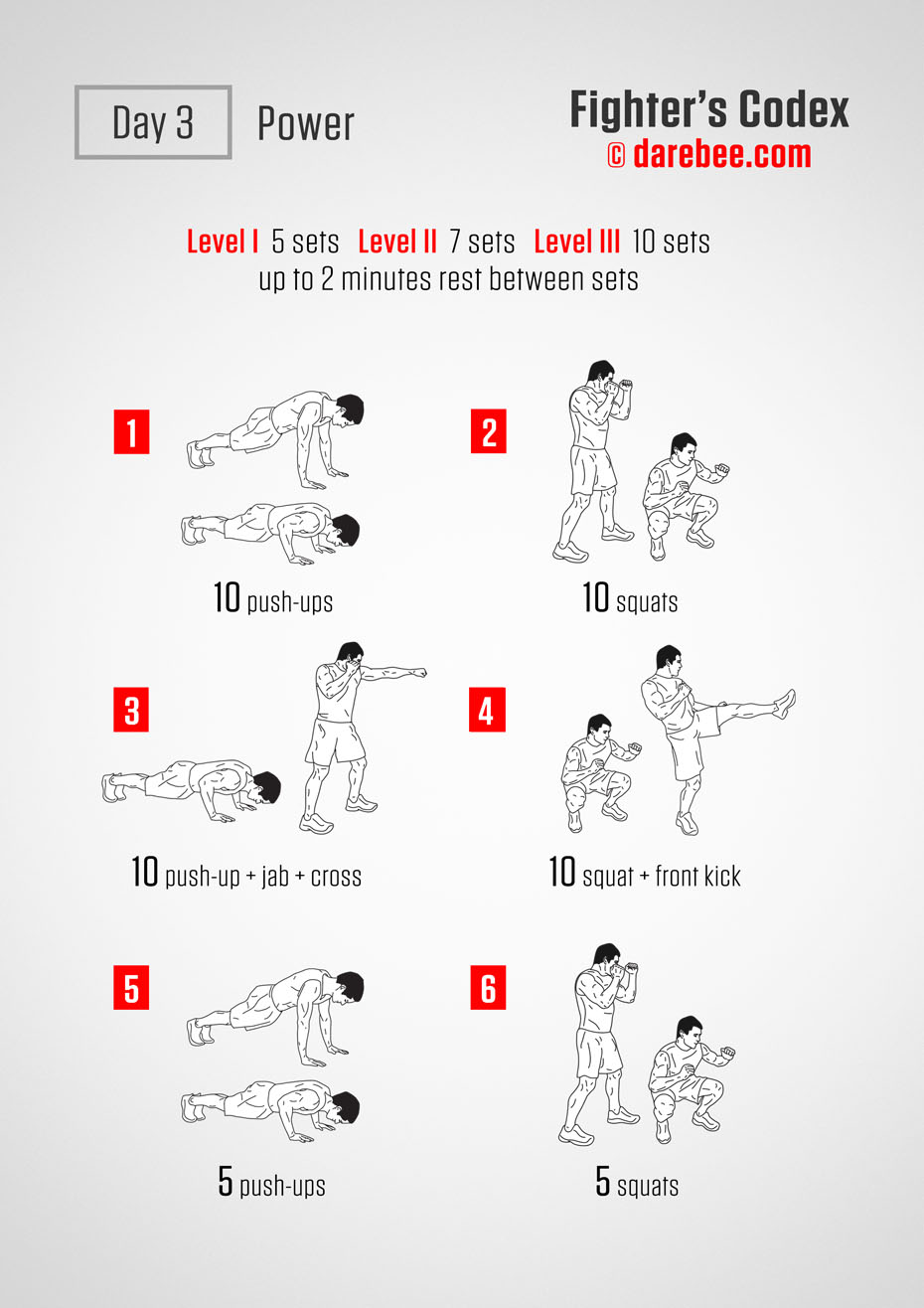
00:00
- 1
- 2
- 3
- 4
- 5
- 6
- 7
- 8
- 9
- 10
Power has little to do with strength. If that was the case then all martial artists (and boxers and ballerinas for that matter) would have to do is go and lift some weights and be done with it. Power is still a little bit of a mystery, particularly in boxing, where ‘heavy hitters’ can be surprising. The mechanics that generate it however are fairly well known: you need strong muscles, certainly, but also flexibility, agility, good body positioning, balance and the capability to switch your weight from foot to foot so that your body weight shifts behind your blows. Those who truly think about it, at some depth come to realize that power, real power, comes from the effective use of an attacking limb to deliver the body’s weight through an opponent. The limb used is incidental. Once that is understood then each fighter has to work out for himself how to best achieve it within the boundaries of his discipline.
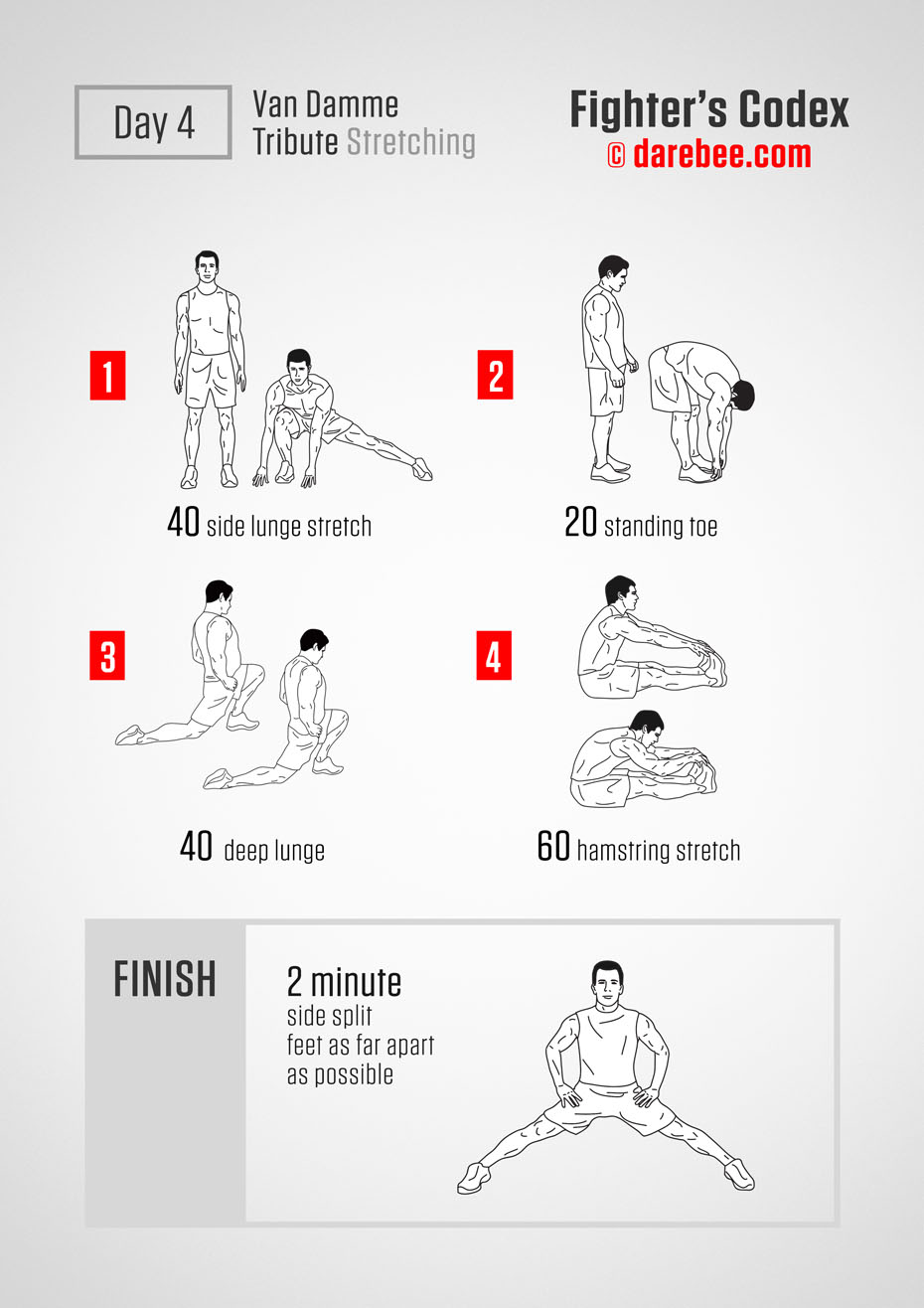
No one really likes stretching. It always hurts. But thinking about stretching as something that needs to be done is the wrong way to go about it. Stretching bestows true freedom of movement to the body. It makes one faster and more powerful just because the muscles can move more freely. So stretching, really, is freedom. And freedom always has a price.
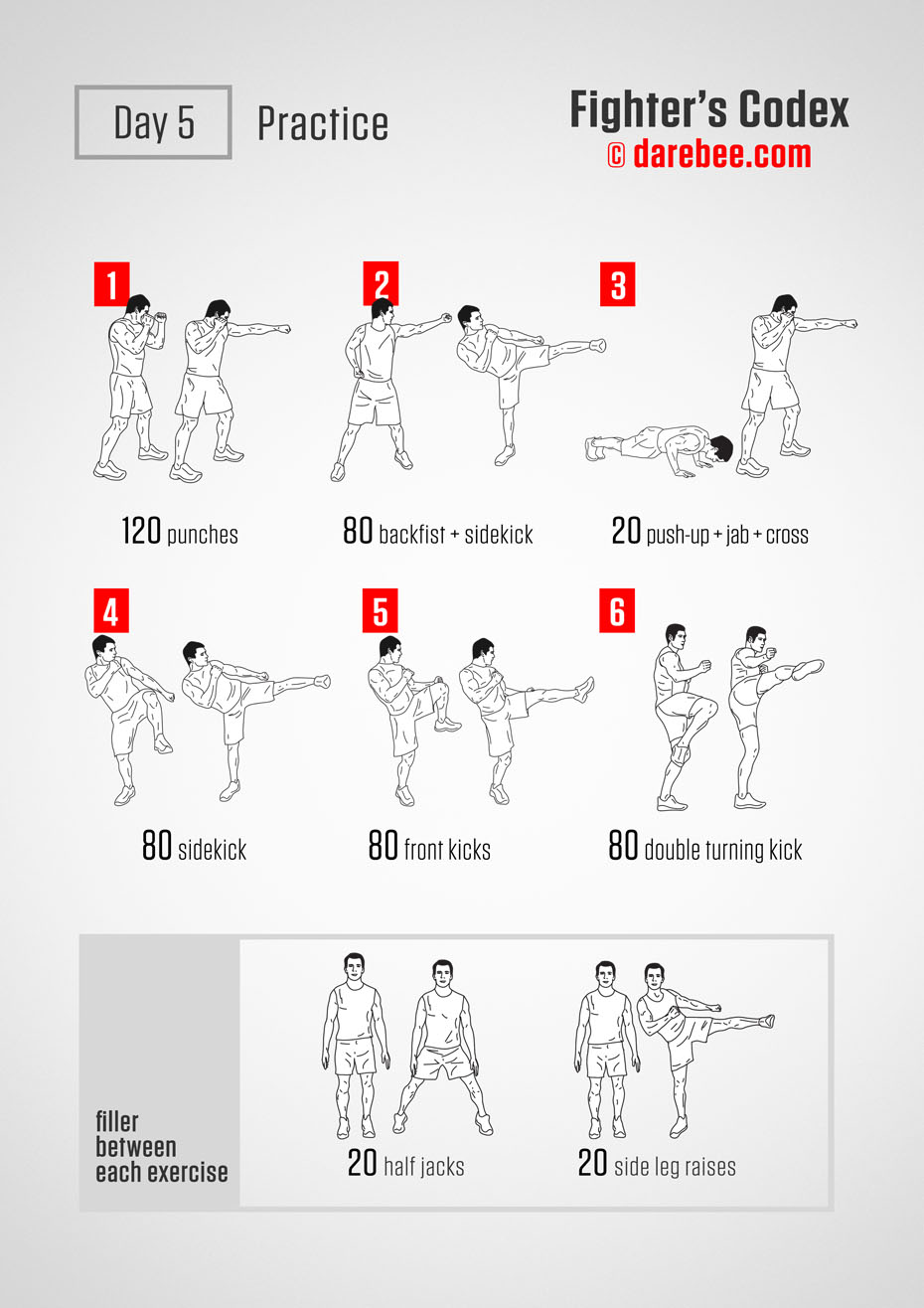
The only way to get good at fighting is to fight. But that is never a realistic proposition. Too much fighting destroys the fighter before he can get good. This is why all martial arts (including boxing) has shadow boxing routines. The fighter there fights against an imaginary opponent. That opponent is perfect, relentless, tireless. The only way for the fighter to beat that opponent is for himself to become perfect, relentless, tireless. Yet fighters are made of flesh and bone. We make mistakes, we hesitate, we get tired. So it’s true. The first enemy the fighter has to beat is the only enemy he ever has to beat: himself.
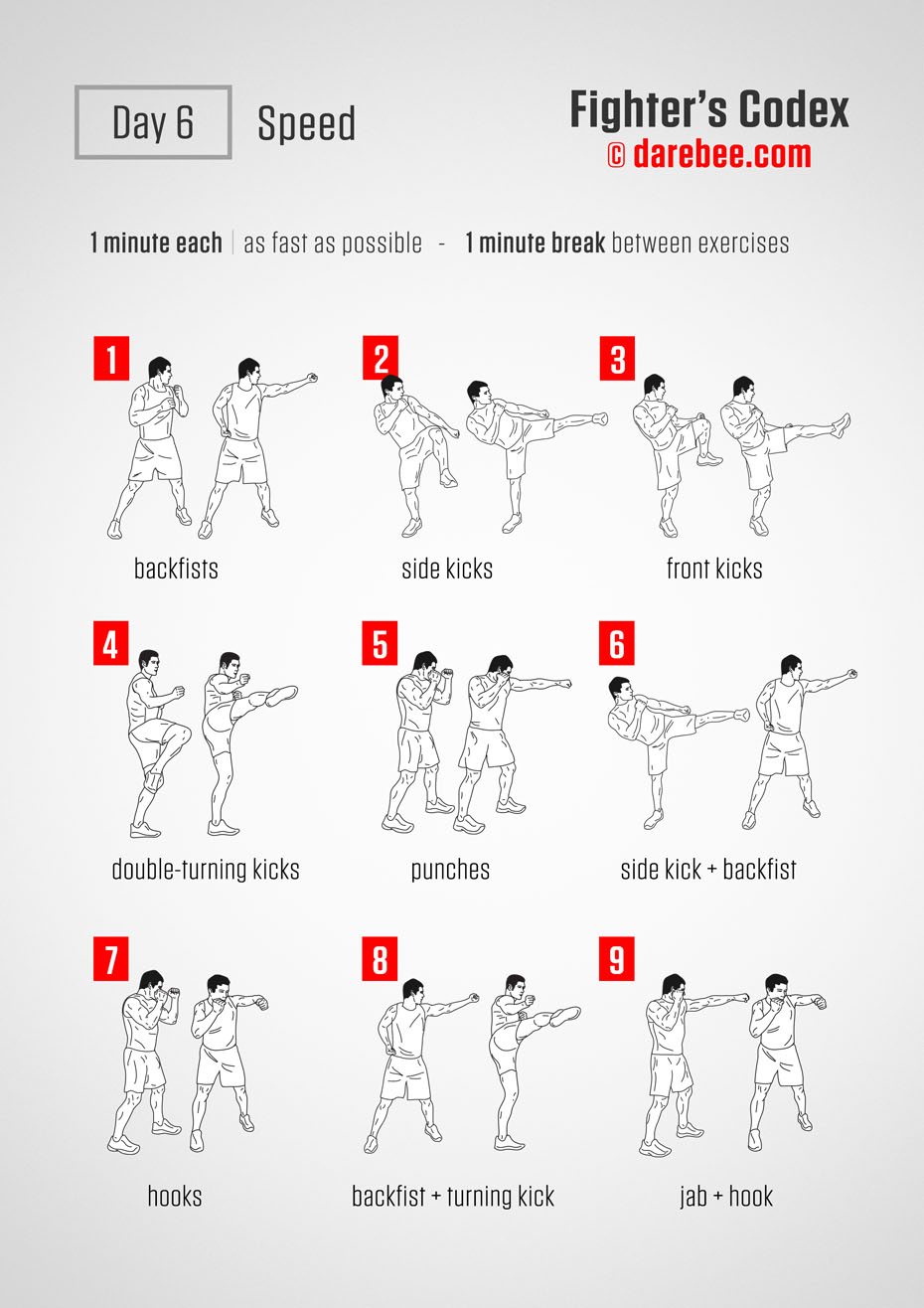
Form is what a fighter calls style. It starts off as the right way to do something: to kick, to punch, to evade, to put combinations together. Yet form is only one half of the equation. True form requires a fighter’s spirit. His beliefs, his ideals, his dreams, his hopes, the way he lives and what he expects out of life. These things, of the mind, become part of the body. They determine whether a fighter can be creative in his style or will simply do just enough to get by. Whether he has a flourish of movement that shows he is enjoying himself or is simply performing routines because he just has to. The synthesis of the form of each move and the fighter’s strengths and weaknesses constitutes true style. It is the reason each fighter has his own style. Making him, or her, unique in the world.
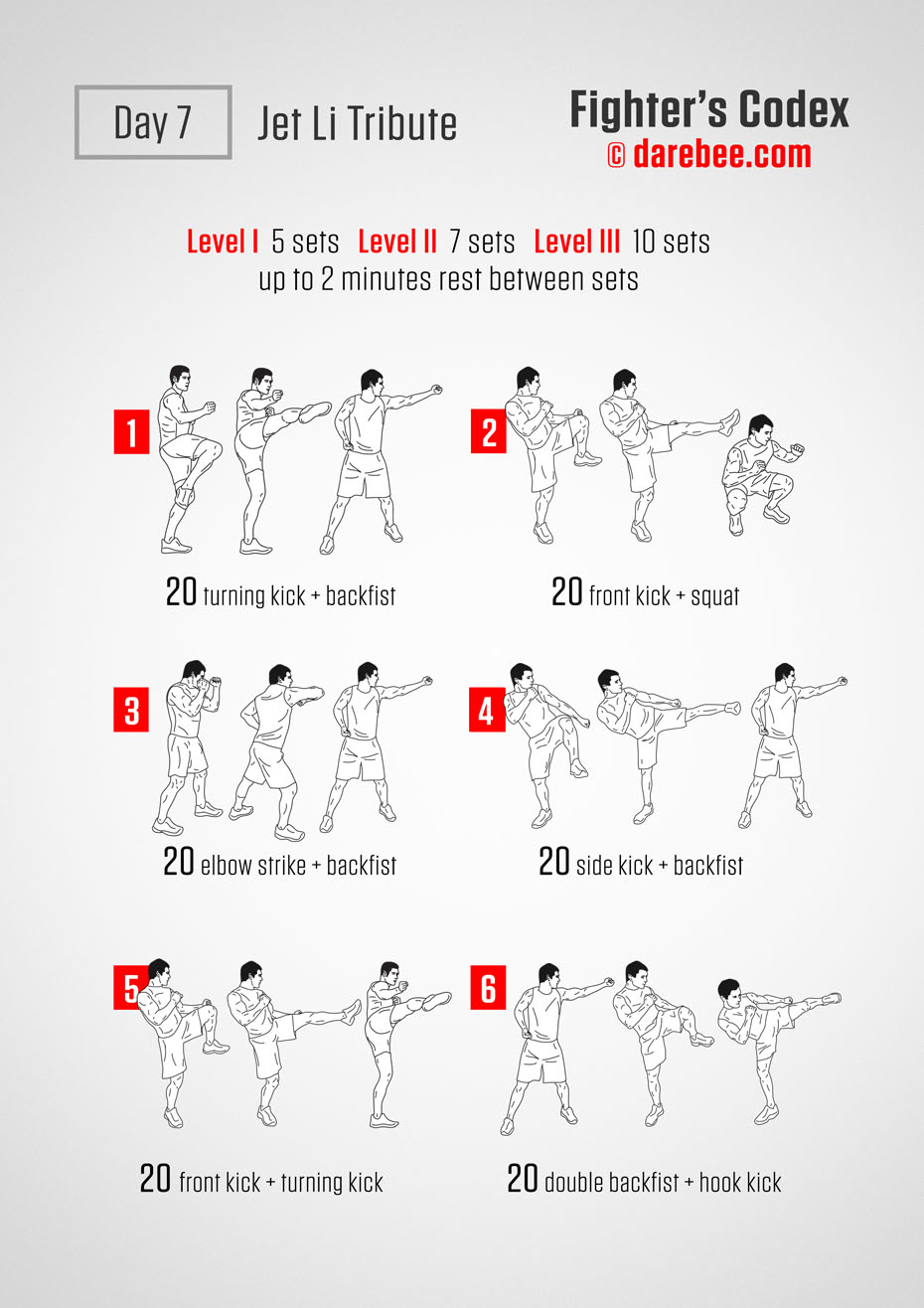
00:00
- 1
- 2
- 3
- 4
- 5
- 6
- 7
- 8
- 9
- 10
The body is just an instrument. When it is trained to perform it can actually do so at will, moving from one motion to another in a seamless ballet of physics and artistry. Martial arts has often been called “ballet with deadly intent”. Putting sequences together and practising them again and again allows you to begin to exercise the kind of control your mind needs to have over your body that will transform you into a fighter.
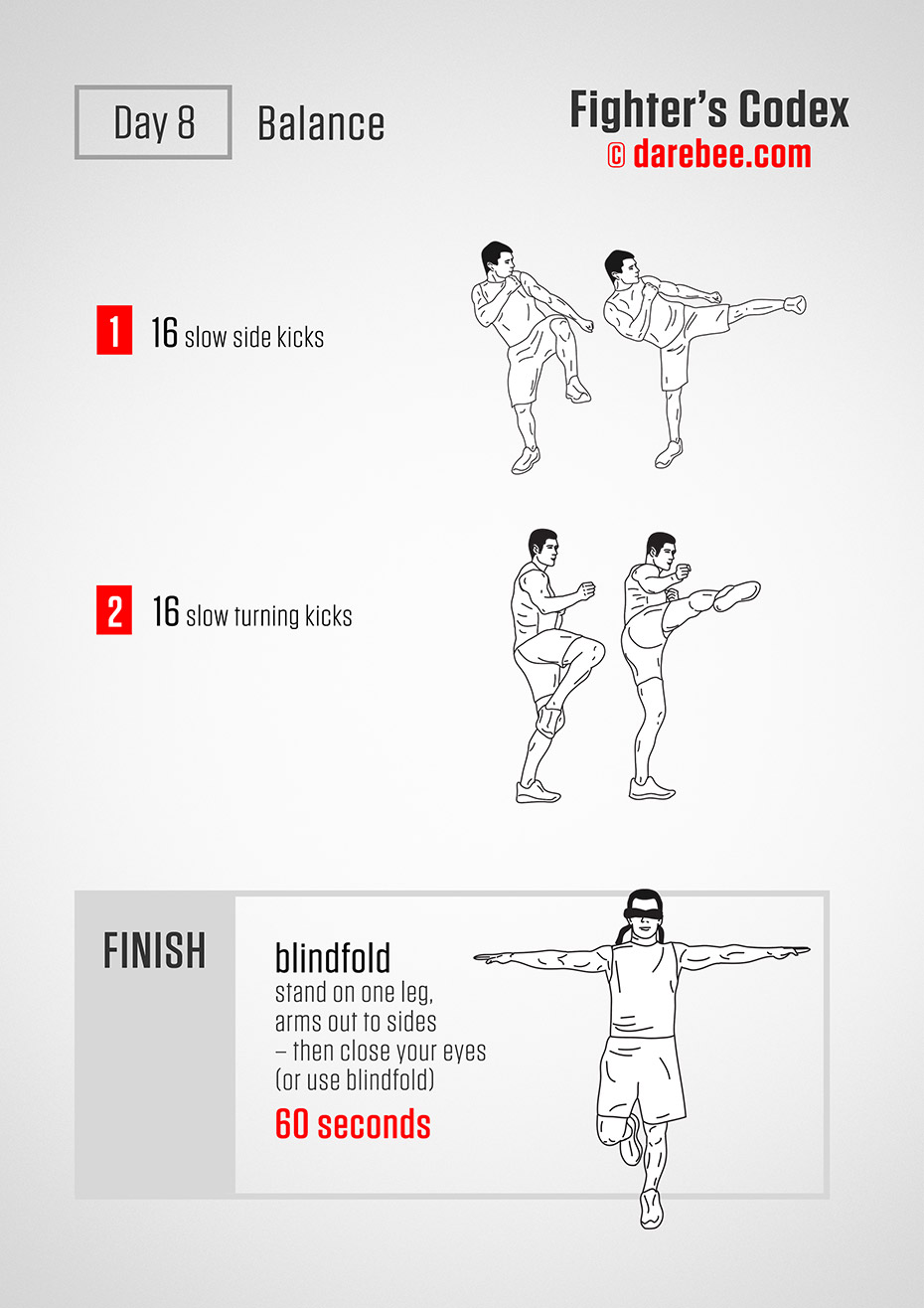
00:00
Most people think that balance begins in the body. You need strong muscles, good flexibility, suppleness and a good sense of physical awareness. Actually balance begins in the mind. To demonstrate the point the moment you shut your eyes your balance is completely destroyed. Balance requires complete awareness of the body and its surroundings. It requires perceptual training which is what really makes a fighter formidable. Balance requires a mind that’s truly switched on.
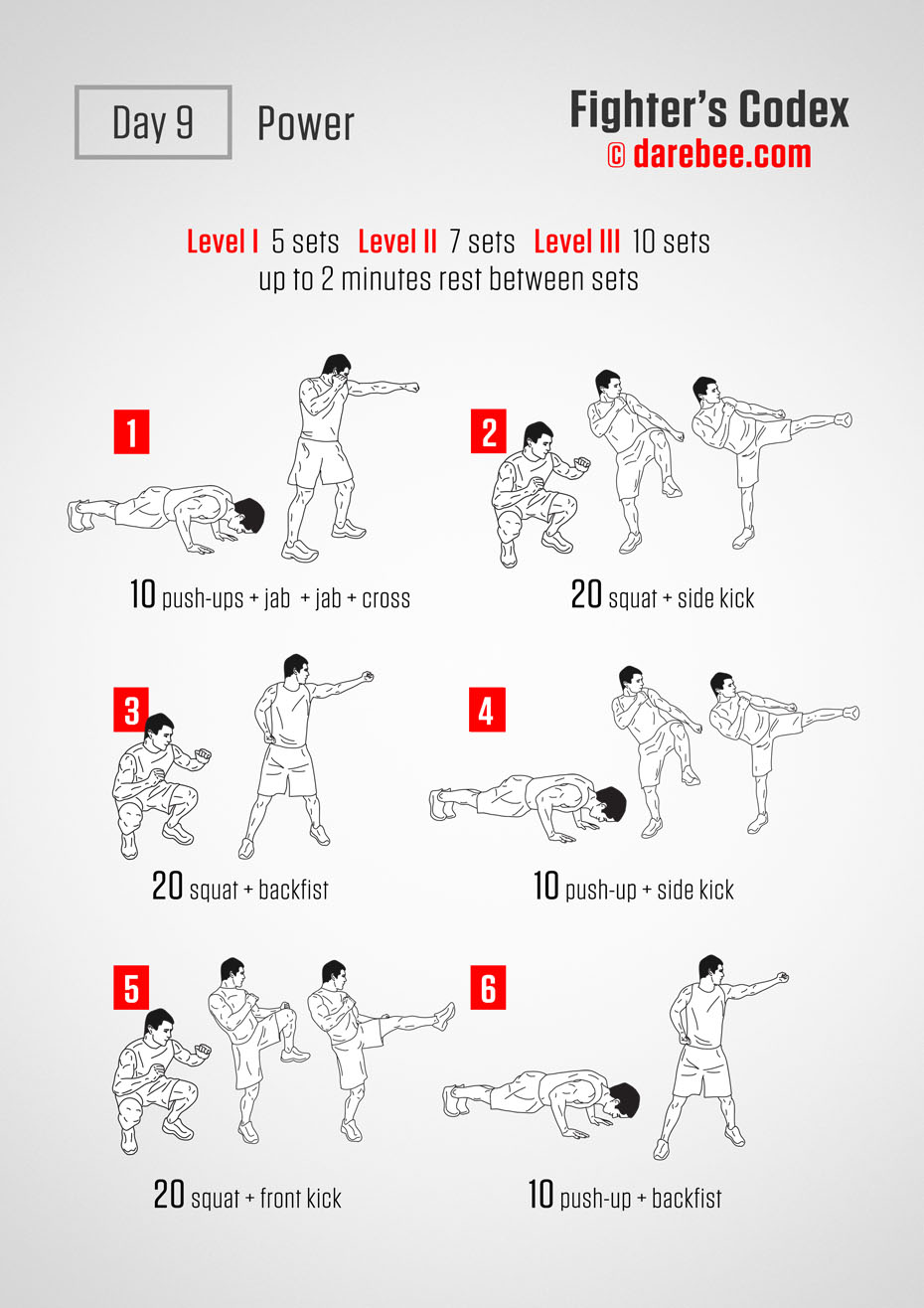
00:00
- 1
- 2
- 3
- 4
- 5
- 6
- 7
- 8
- 9
- 10
Most people make the mistake of thinking that power comes from hitting hard. It doesn’t. A boxer’s jab, for instance, is a very hard punch. But it’s not a powerful one. Power requires alignment of muscles and a little positioning strategy. Even a light punch thrown against an oncoming opponent can become powerful if he collides with it full force. Power is always the result of a combination of factors that take into account speed, strength, flexibility, balance, position and body weight. Power is what each fighter develops when they begin to acquire their own style.
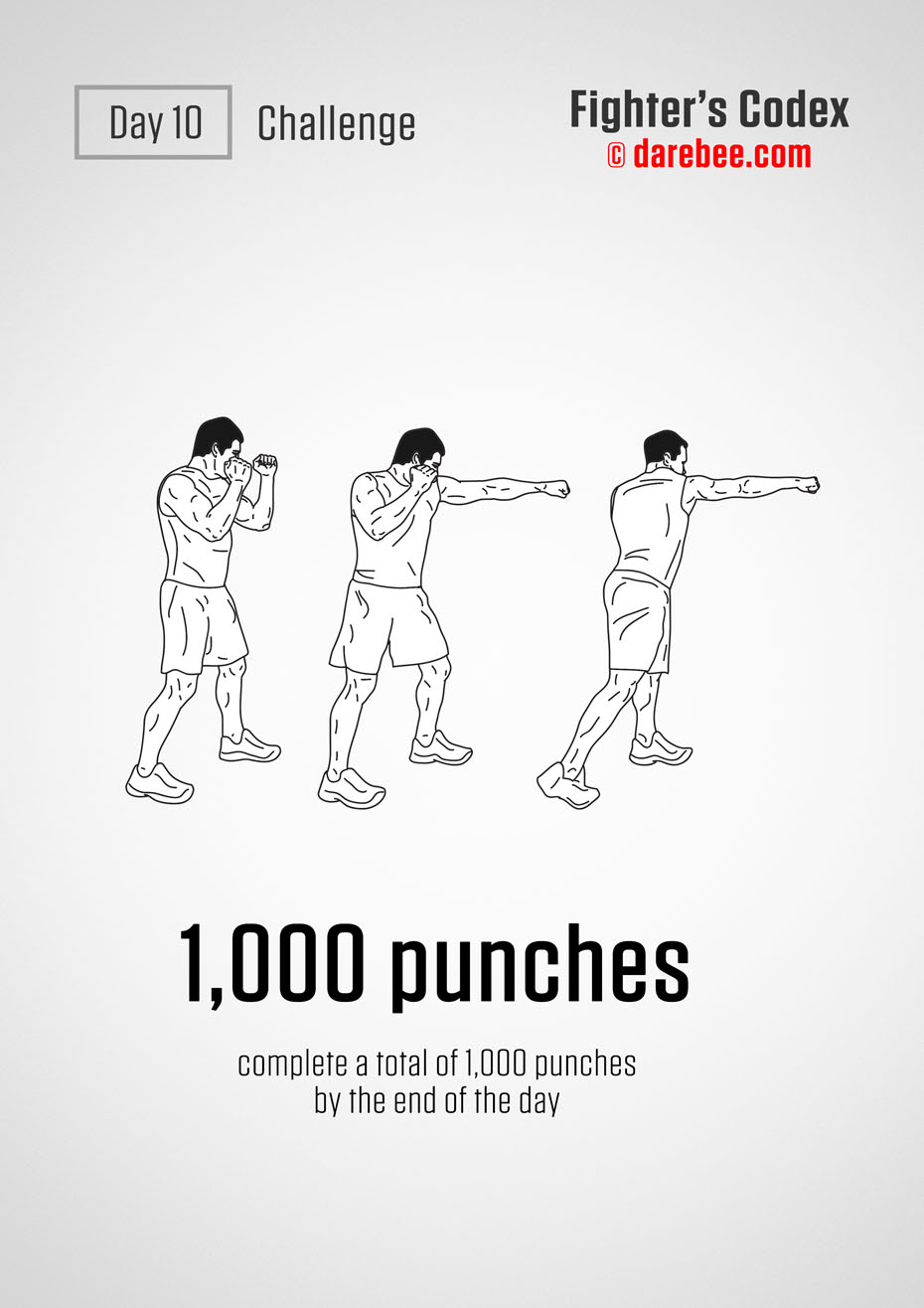
There is something that a fighter always needs to know: where are the limits? What is the absolute maximum of what he can do? Given enough time, patience and discipline there may be no real limits. Maybe the limits of what can be accomplished can only be limited by the limits of what can be imagined. That is a quest that drives every fighter. Always.

The human body has no claws and no long, sharp teeth. Our upright posture exposes our belly, sternum and throat, points where we are extremely vulnerable. Yet we’re not without weapons. The first two knuckles when we make a closed fist. Our elbows, palm heels and knees are areas where our body has a concentrated mass and relatively few nerve endings. This means we can use them to fight back and fight hard. Close quarters combat requires short, sharp moves that are fast and performed in a tight arc with the whole body weight behind them.
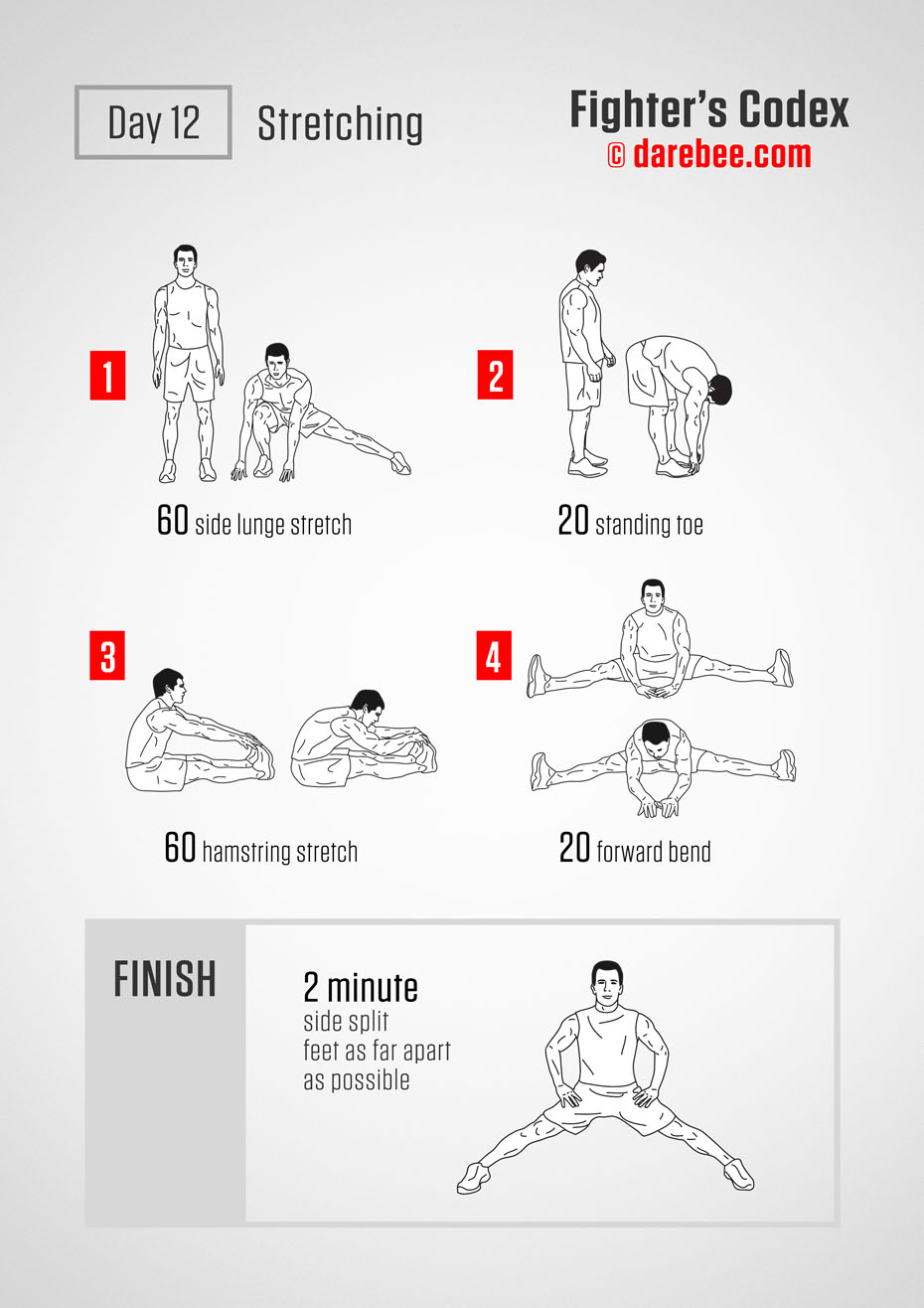
00:00
Everyone confuses the idea of a fighter with actual fighting. The body is certainly important. It is an instrument that needs to be fast, strong, agile and durable but the instrument no more makes a fighter than, say, picking up a brush makes a painter. The instrument is just the means through which the real nature of a person is expressed. A fighter is a fighter in their mindset. They learn to ignore setbacks, overcome obstacles, get over difficulties and focus on what needs to be done. A fighter achieves clarity of purpose when almost none is possible. He focuses when focusing is a difficult task. He carries on, when it seems that everyone else is ready to quit. If you’re not a fighter in your mind you are unlikely to ever be a fighter in your body no matter how fast, strong or agile you become.
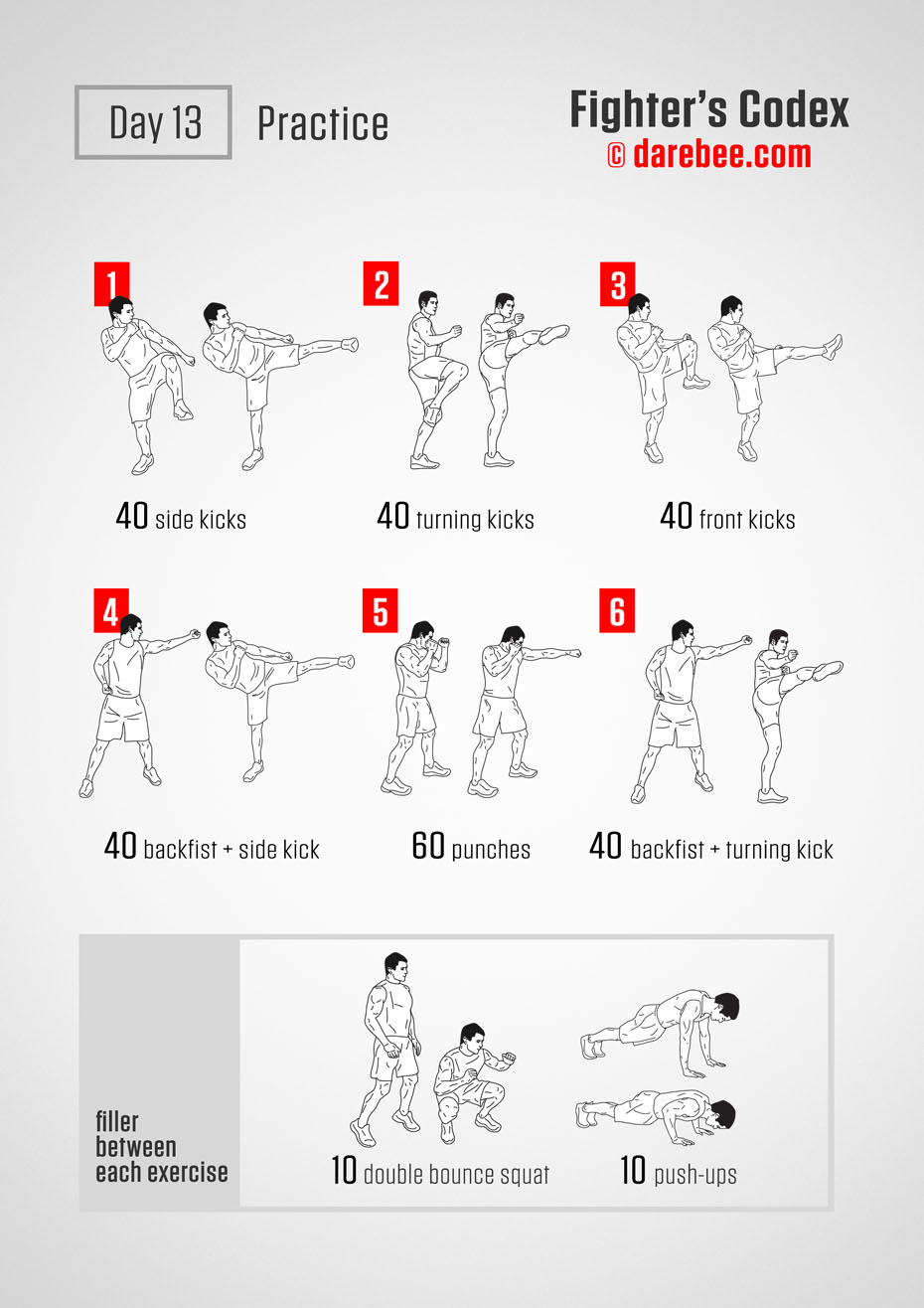
When you punch and kick and shadowbox you have two choices: One, you do everything like you have to but do not feel it. Then every exercise is a chore, every task meaningless, every move without any emotional context. Or two: you can visualize yourself really fighting. You see your opponent, you imagine the moves he makes. In your mind you position yourself to strike and counterstrike. Emotional context makes the moment come alive. It makes your body work in response to a need. It trains your mind to see and adapt. It turns an exercise from a routine to a dress rehearsal. It changes what you do from living to being alive.
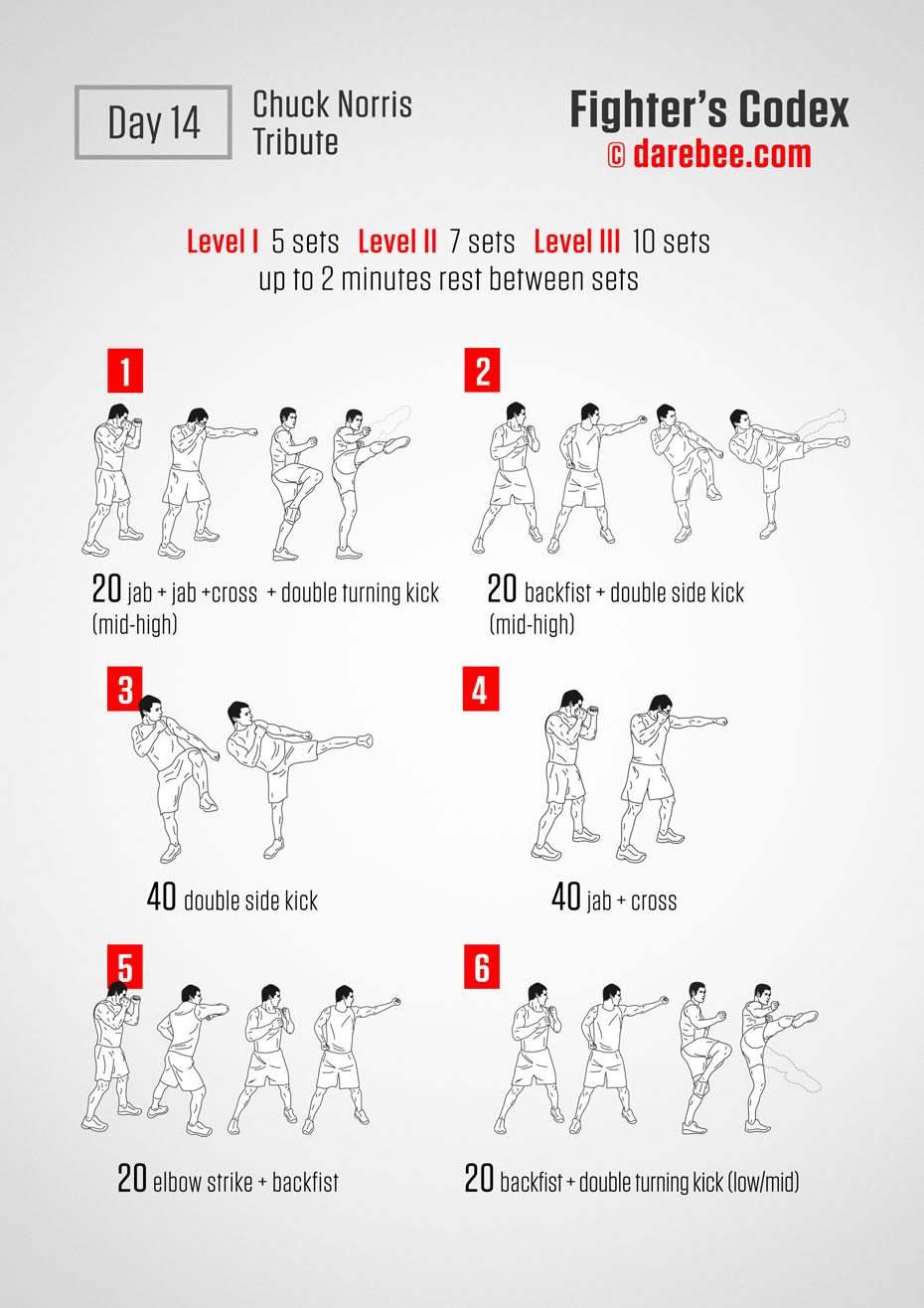
00:00
- 1
- 2
- 3
- 4
- 5
- 6
- 7
- 8
- 9
- 10
Although it’s not widely known, Chuck Norris took the relatively new art (back in the 70s) of kickboxing to new heights through his synthesis of training techniques more commonly found in sports other than martial arts. He championed bodyweight training, as well as the use of weights for gaining strength and he was a great proponent of long hours of heavy bag work as a means of raising endurance levels. His double-kick combinations in the ring were a new phenomenon at a time when everyone looked for single-kick knock-outs. He paved the way for the open-mindedness that exists in the martial arts world today where training techniques are judged on effectiveness rather than on style.
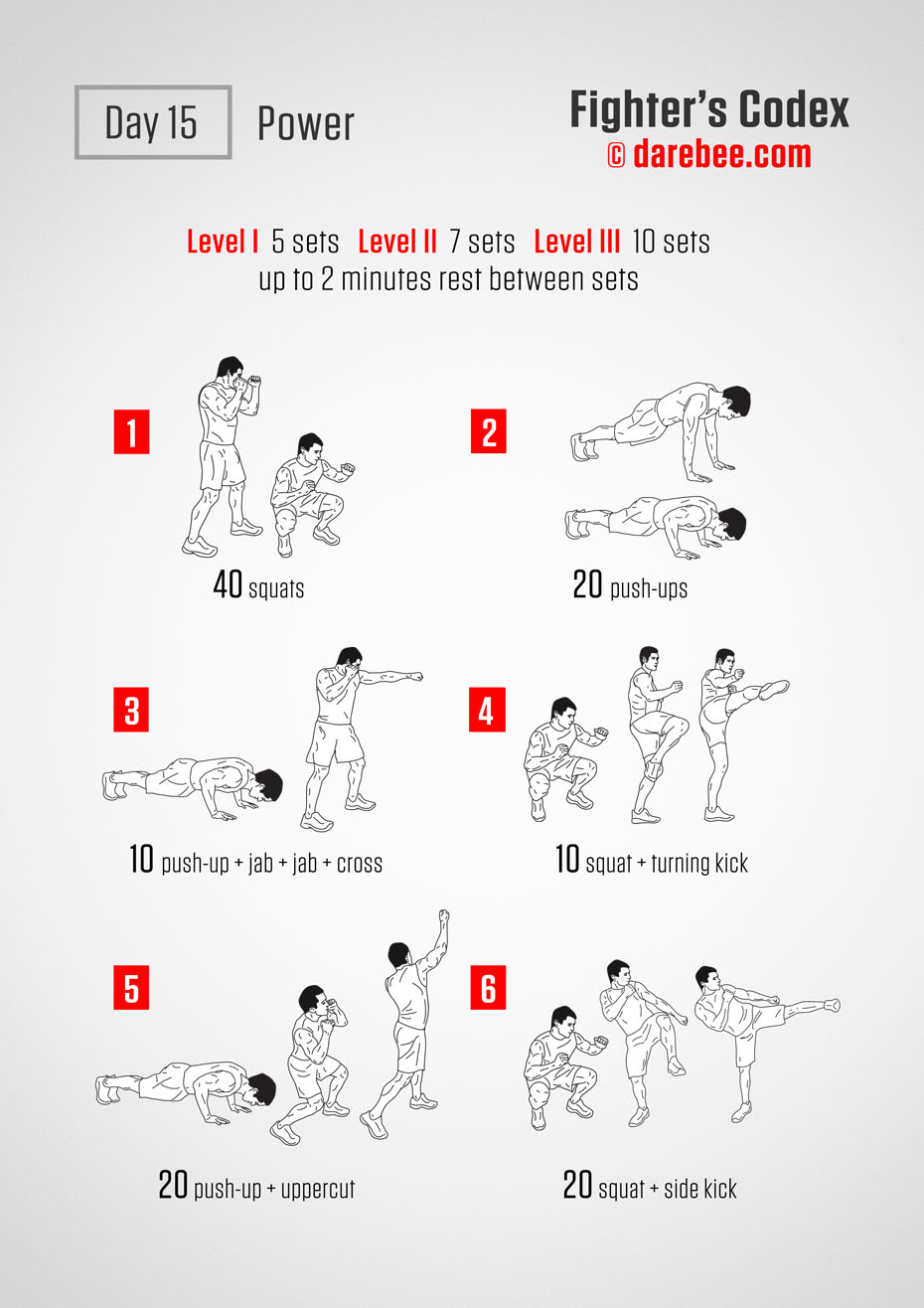
00:00
- 1
- 2
- 3
- 4
- 5
- 6
- 7
- 8
- 9
- 10
Power has a simple enough definition: it is always mass x acceleration. The faster you can hit and the bigger you are the more power you generate. But that’s not the whole story. Real power comes from the ability to synchronize your body, using the strength of all the different muscle groups to create harmonious, effortless movements that concentrate speed and strength and amplify mass on small areas. Pushing someone using the entire palm of your hand, for example, is ‘softer’ than pushing someone using the exact same force but only the front two knuckles of a closed fist. The smaller surface area presented by the latter concentrates the power you can deliver even though the force is exactly the same. Power is all about synchronization of movement, fluidity and focus as well as body positioning and superior adaptive strategy.
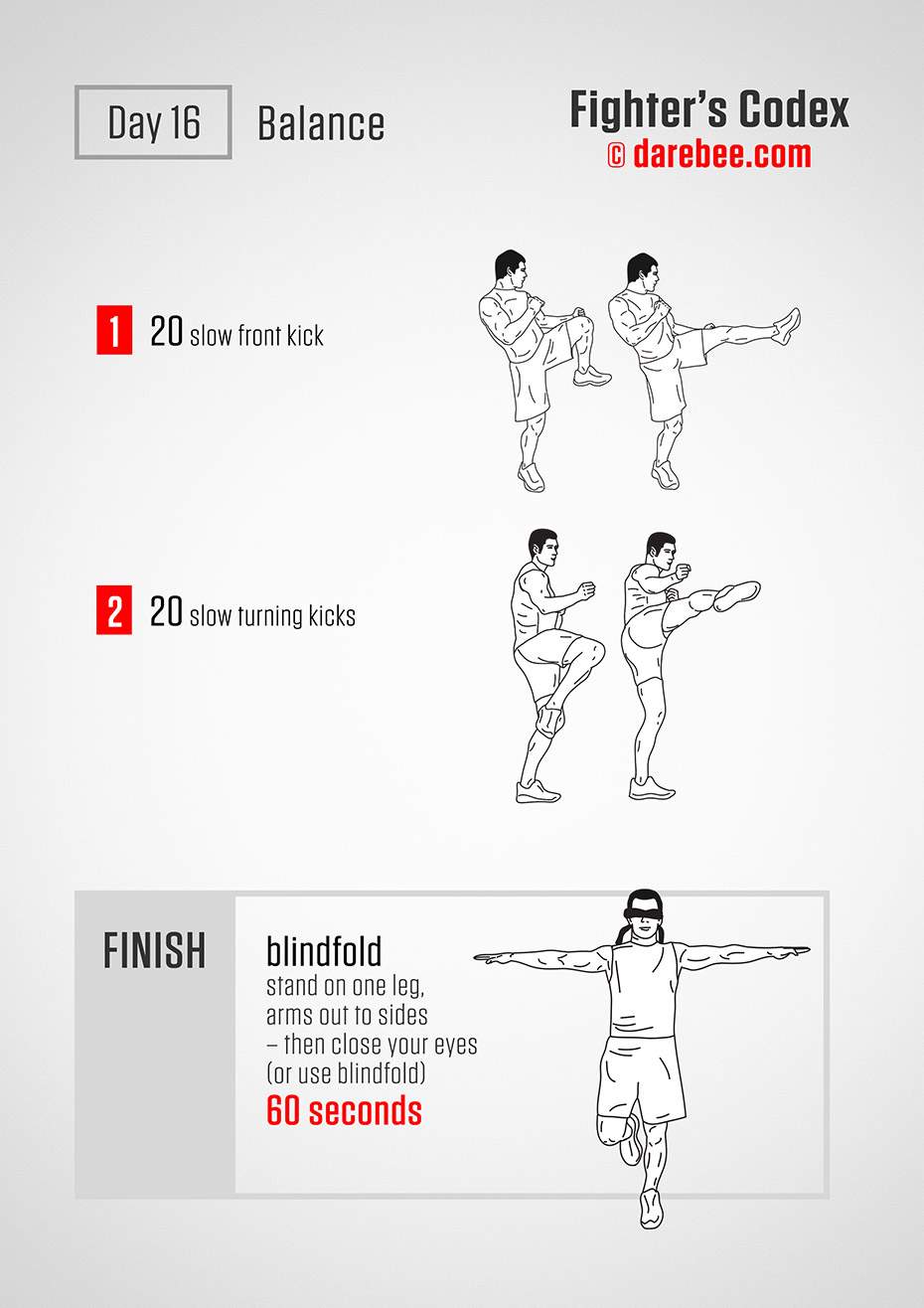
00:00
The famous Shaolin Temple monks are probably the best proponents of the importance of balance in martial arts. They spend hours each day practicing balance exercises, forcing their bodies to adapt to positions that challenge them. The reason behind the effectiveness of exercises of balance lies in what they do: they force the mind to find ways to make the body work less though the optimization of stances and positions. This transforms the body into a highly optimized, effective, fighting machine.
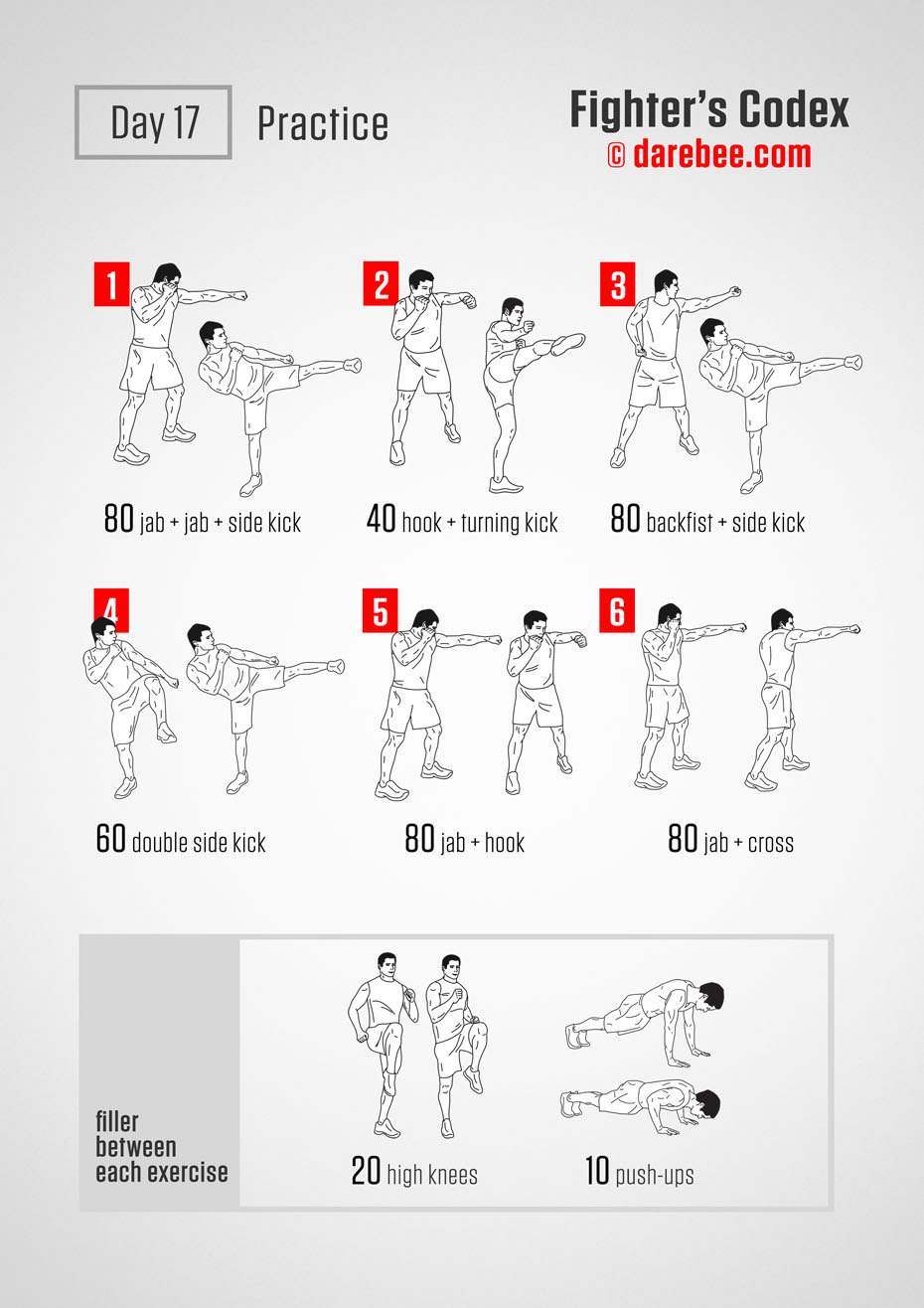
If you want to become a fighter what’s the best way to start? You start by taking the easiest step. Fighters always play to their strengths. While you need to work on strength, flexibility, agility, speed and endurance, positioning and balance your starting steps will be to identify what you’re good at and start using that. If you have reach, for instance, if your arms and legs are long, it’s a good star. If you’re strong already you begin to use that. Same if you’re fast. Start with what you’re good at and use it as a springboard to get better.
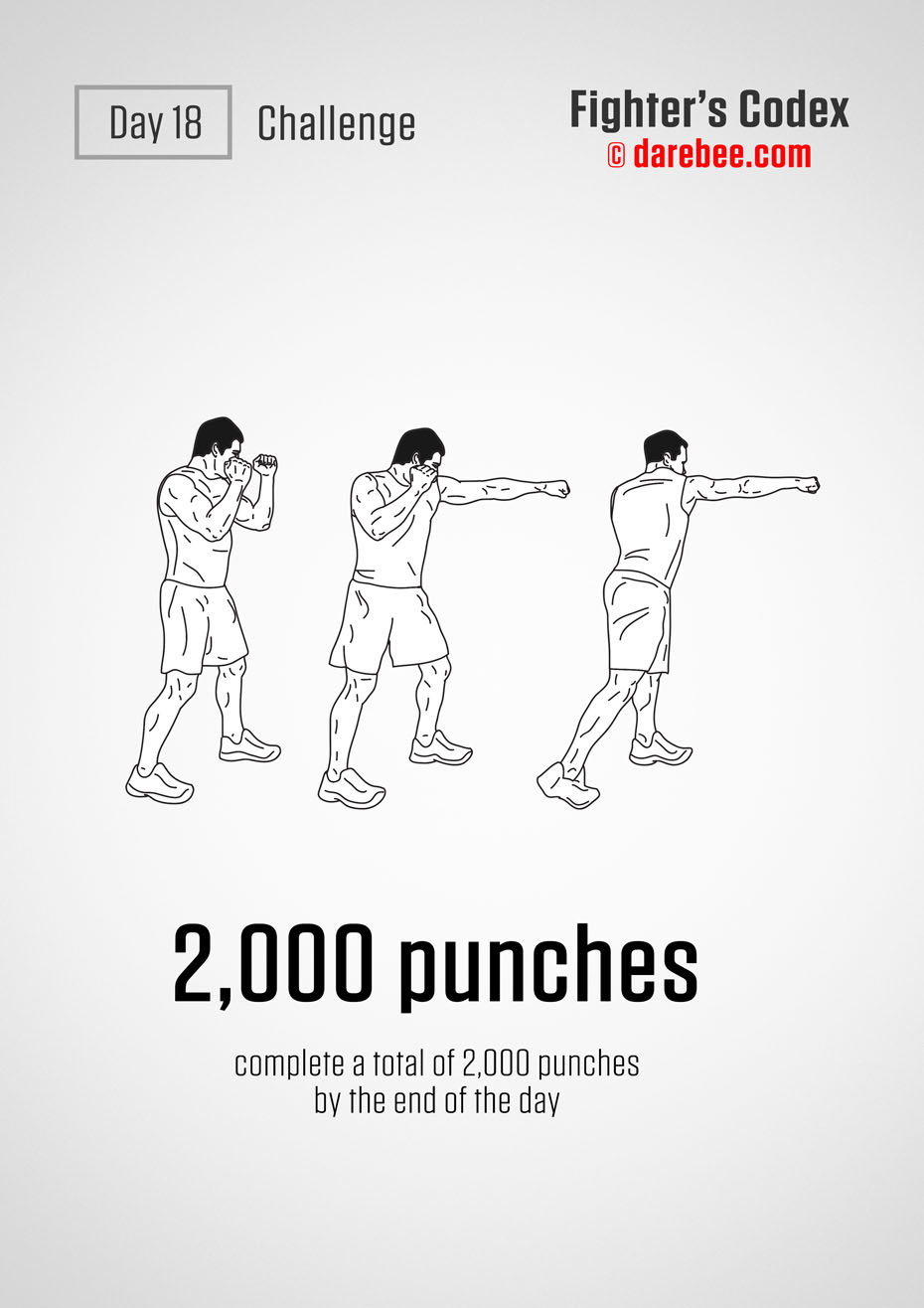
Once, a famous fighter in China entered into a fight with an opponent he defeated easily with just three moves. The crowd watching the fight roared their approval and lifted the fighter on their shoulders to parade through the town, marveling at his prowess. Everyone seemed overjoyed at the victory except the fighter. One of his closest friends asked him afterwards what was the matter. He had just won a fight in just three moves, proving how awesome he was. “I lost, today” the fighter replied to his friend. “I learned nothing except how easily the opponent was defeated. I am now lulled into a false sense of security of my own ability that I must break out of. I lost time which I could have put to better use practicing. I have little to be overjoyed about.” Challenge yourself constantly, if you want to get better.
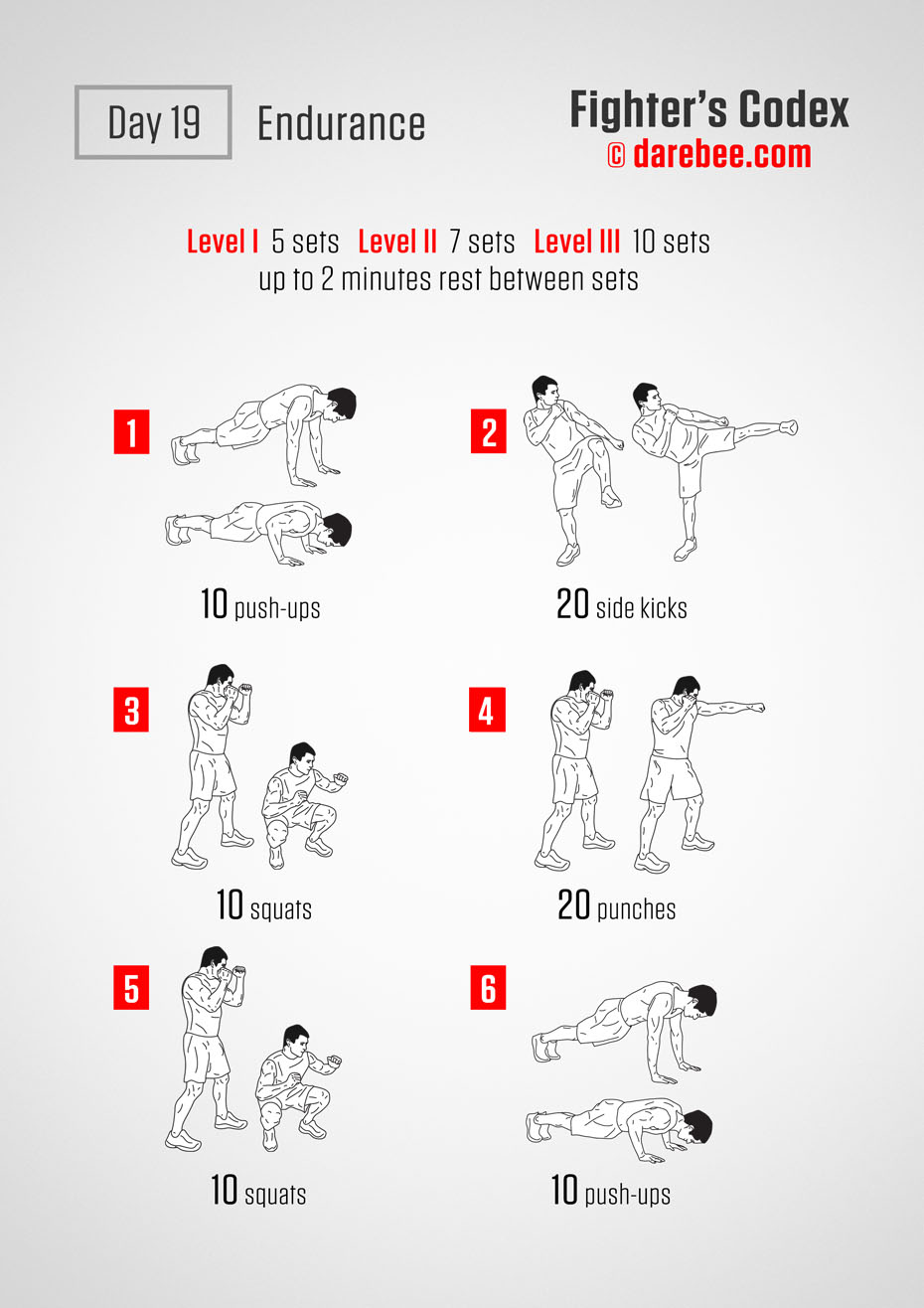
00:00
- 1
- 2
- 3
- 4
- 5
- 6
- 7
- 8
- 9
- 10
Endurance is the ability of the muscles to work at full power for protracted lengths of time and then recover quickly so they can do it again. Like most aspects of physical fitness endurance is something that can be worked on and improved. Beyond the ability to physically do things endurance plays another role that is just as important. It slows down the onset of fatigue. Fatigue occurs when fuel stores to the muscles have been depleted and insufficient amounts of oxygen are getting through to them. Insufficient oxygen in the bloodstream also affects the brain, slowing down analytical thought. Fighters who have good endurance levels are able to think clearly under pressure. Their brains are unaffected by the demands made of their muscles. They can therefore perform better than untrained fighters.
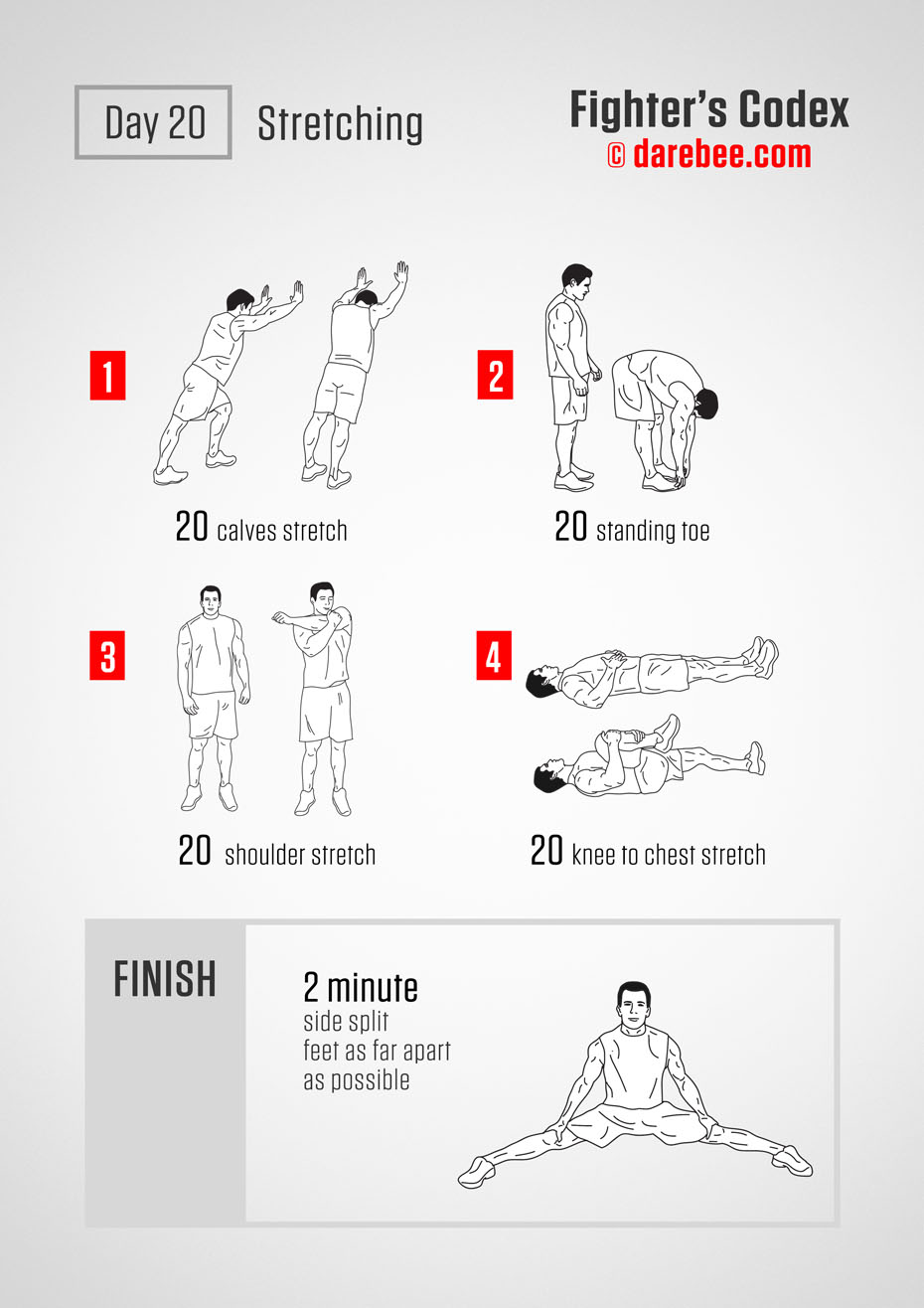
00:00
Stretching is a challenge. Every time you are trying to get your muscles and tendons to stretch a little bit more, go a little bit further. This leads to suppleness that helps in the degrees of biomechanical freedom available to you as you ask your body to move. The price you pay, each time is pain. Stretching always hurts, no matter how you do it. There are two ways to get better at this and you will need both. First, the incremental approach. You can get down to doing perfect box splits but it will take time and patience. You simply cannot rush it. So prepare yourself mentally for that and be disciplined enough to actually do it. Second, the habituation approach. In order to get used to the pain of stretching and also see results in the stretching itself you need to get your body accustomed to doing it every day.
If you follow this approach you will find that you do become more flexible, your muscles more supple. Flexibility also helps you become faster as your muscles no longer fight against their own tightness every time you execute a move, which leads to a corresponding increase in power.
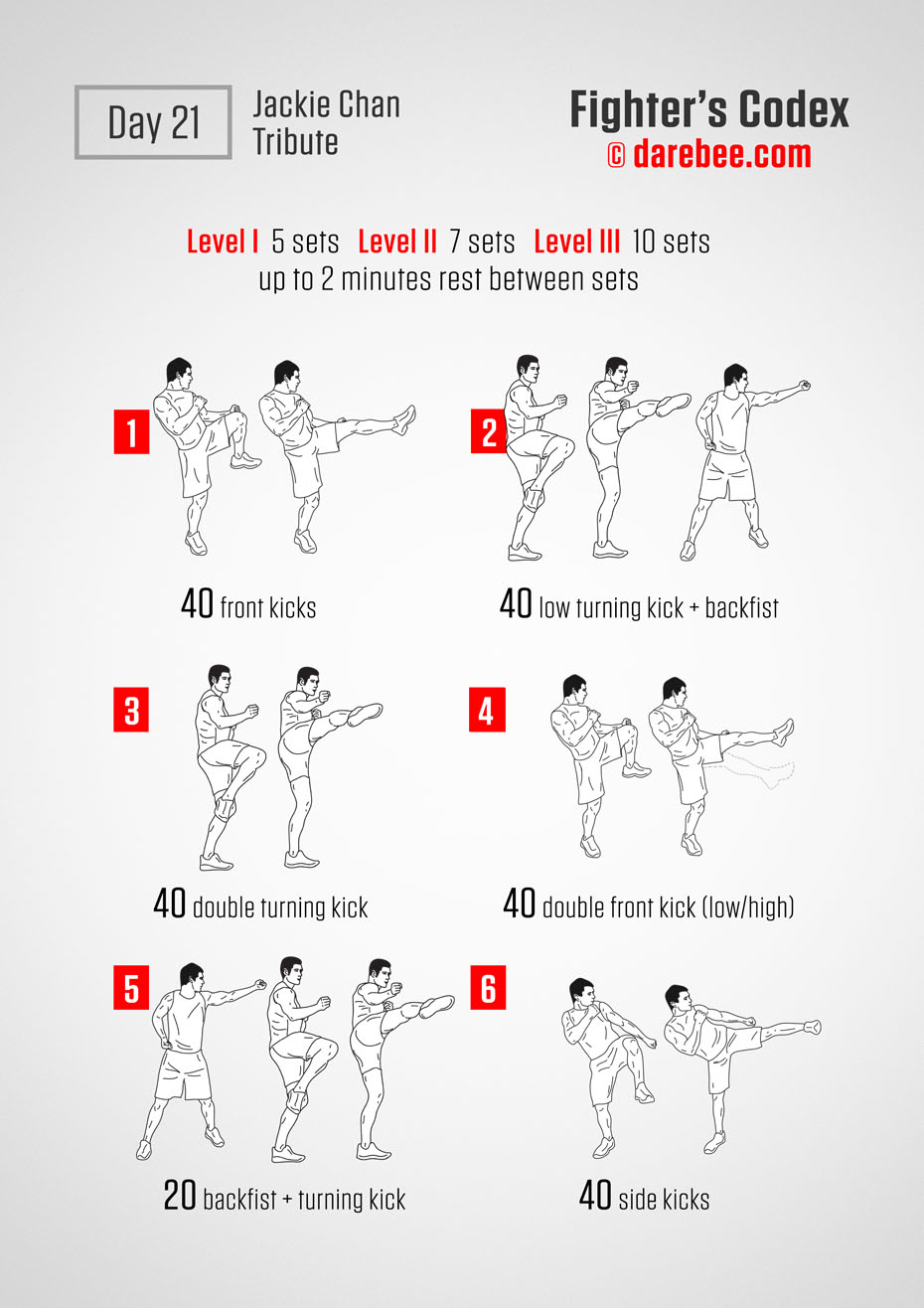
00:00
- 1
- 2
- 3
- 4
- 5
- 6
- 7
- 8
- 9
- 10
Trained as an artist at the Peking Opera School, a boarding school that taught its pupils operatic traditions of singing, martial arts and acrobatics, alongside their more ordinary studies, Jackie Chan was originally featured in the West as the replacement to Bruce Lee who, at the time of Jackie’s first appearance in the West, had only recently passed away. Jackie Chan could have easily taken that path, trying to become a Bruce Lee replacement. Instead he chose to do martial arts films his way, injecting humour and originality in them, making them entertaining as well as thrilling to watch. The point is that who you become has little to do with how you start out. The path you ultimately choose to tread upon is yours, entirely. Find that and you find yourself.
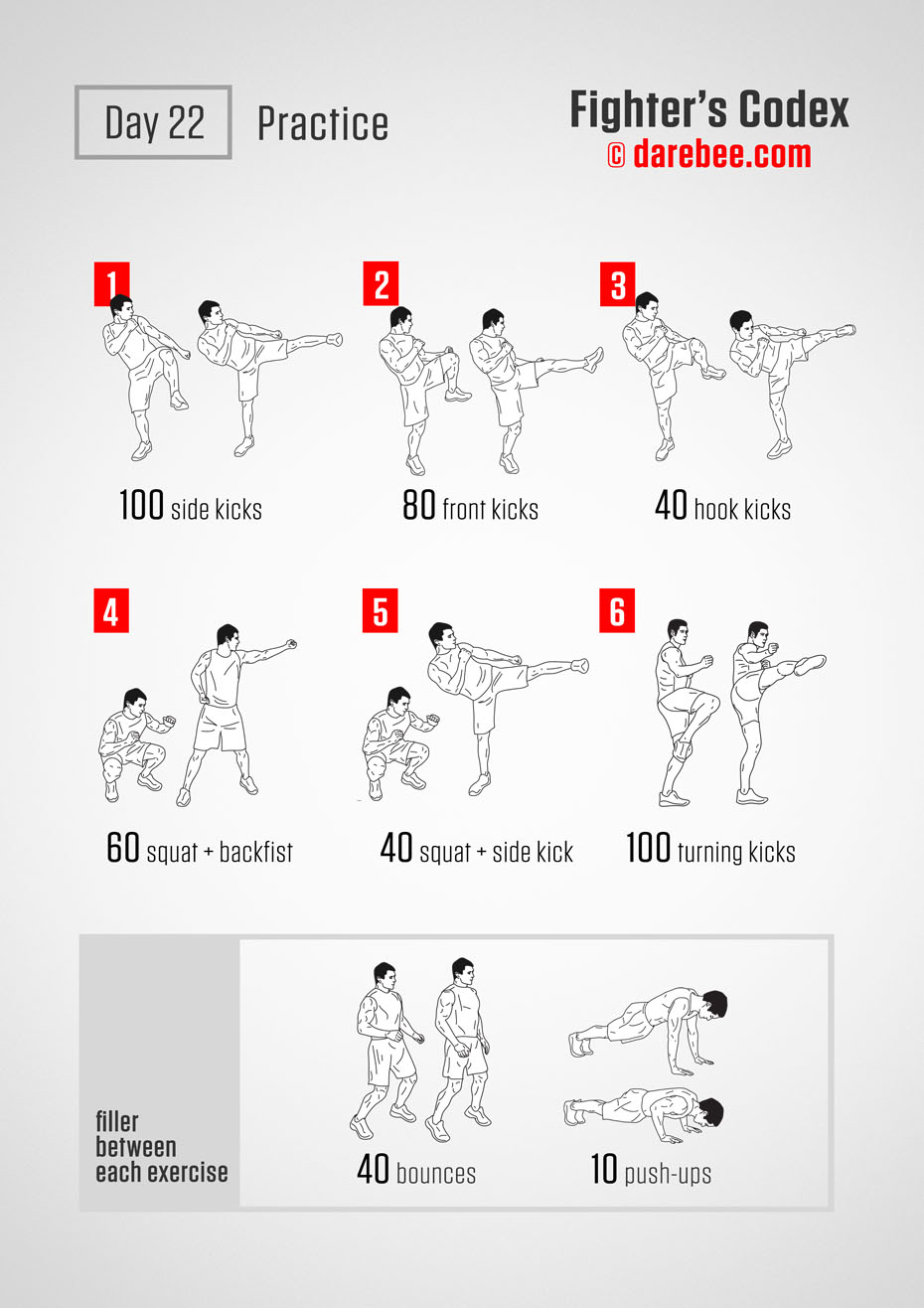
Training has to be a way of life. The thing to remember is that as you get fitter your body actually wants to do less and less when you really want it to do more and more. This is why it is difficult to maintain the discipline required to stay fit. There is a trick to this every martial artist knows. Before you get into your training for the day start with a routine. It can be anything from basic warm-up exercises to dance moves, jumping on the spot or simply shadow boxing at a very relaxed rate. This is becomes your “key”. The moment you start to go through it you take your mind in the headspace required to let your body focus and perform.
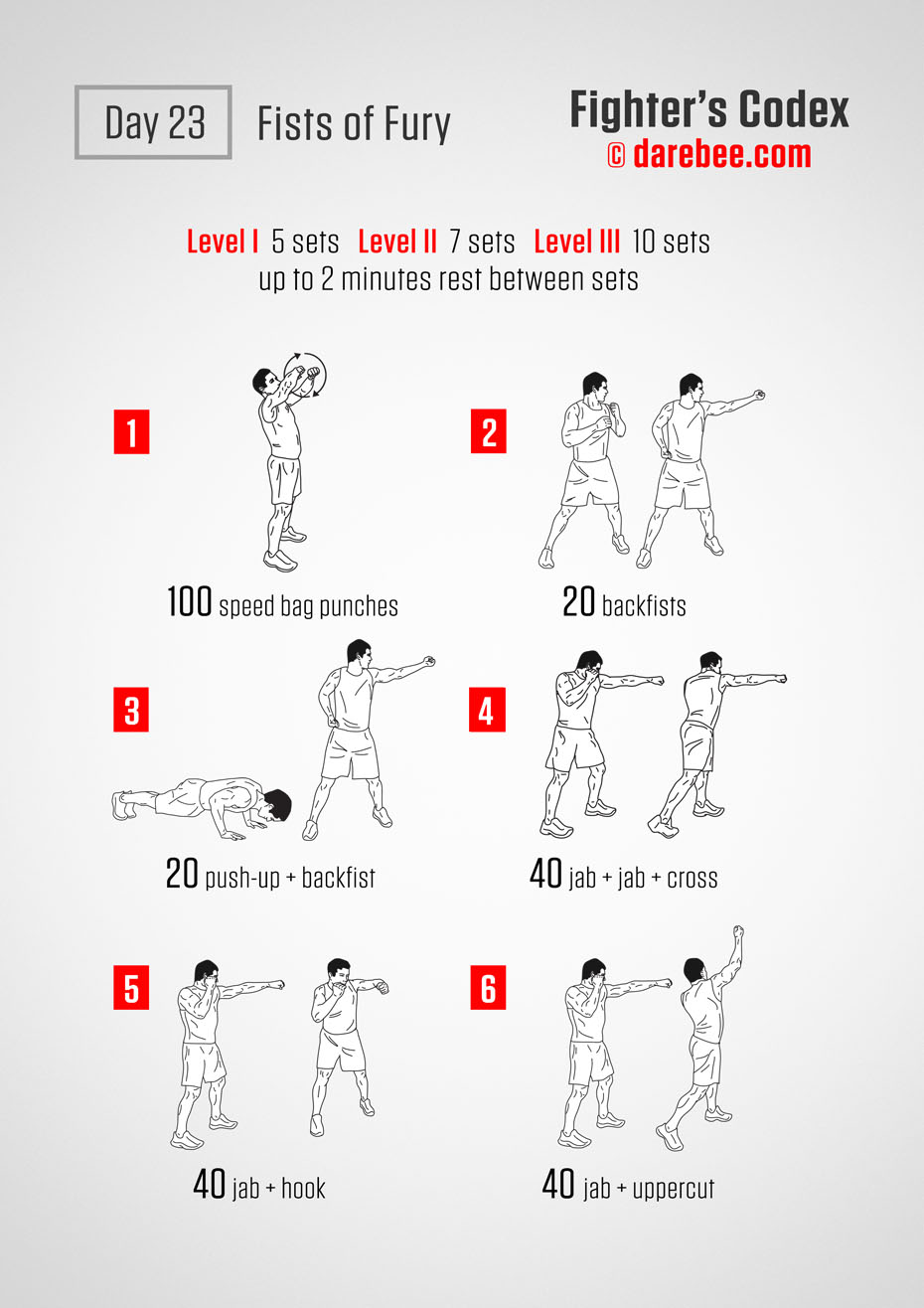
00:00
- 1
- 2
- 3
- 4
- 5
- 6
- 7
- 8
- 9
- 10
We are predators. Our forward facing vision is that of the hunter and we fight our best when we can face our target and use our arms. Despite this the hand is a relatively weak weapon. Boxers and MMA fighters need to tape up their hands to protect them even though they also wear gloves. What saves us, primarily, is that the hand is used to attack relatively soft targets: soft tissue in the body and the chin, temple and nose in the head. Because we have neither naturally hard hands or overly long, really heavy limbs the best way to train is to make sure our arms can move fast, in very precise trajectories.
This is where the Fists of Fury workout helps. By practicing to move your arms fast, even when the muscles are tired you are developing strong muscle memory that leads to fast reflexes and helping to develop the kind of muscle density that leads to punching power.

00:00
Total muscle control requires superb balance, tendon strength, dense muscles and perceptual awareness of everything that goes into maintaining a fighting stance. Slow execution moves challenge all your muscles and they are a favorite of Shaolin Kung Fu specialists and Tai Chi practitioners alike. The trick here is not to just execute each move but to do so by flexing the muscles involved at the end of each one so that they work, as you hold the move in position, like they would had you executed it fast.
The technique is a favourite one of boxers who execute slow punches this way. It makes them faster and stronger without adding on bulk that requires more energy to carry around during a fight.
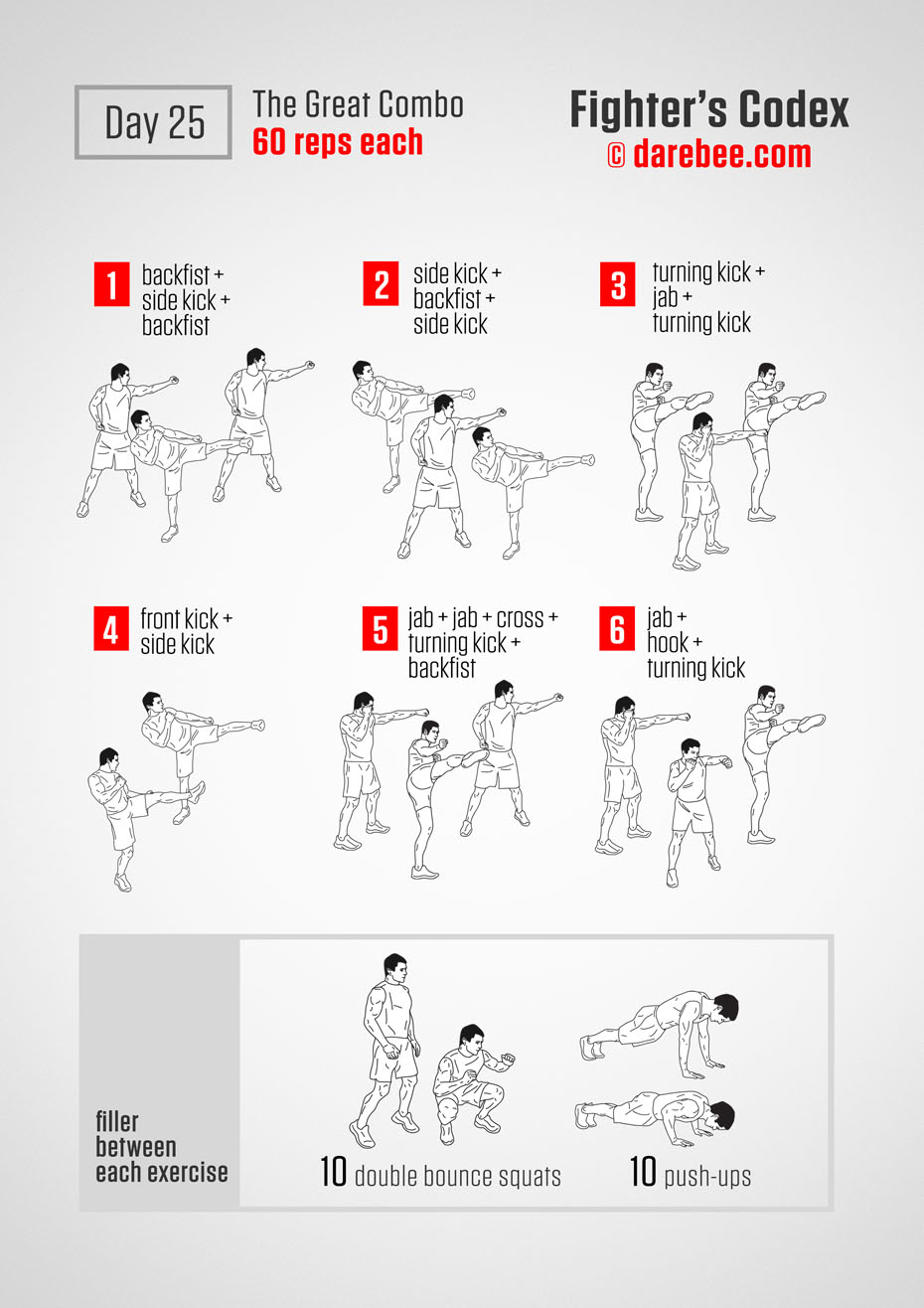
Combinations of kicks and punches are a challenge because they require everything: speed, strength, endurance, balance, flexibility, suppleness, perceptual awareness and good recovery time. The reason they are so good for training however is down to a secret attribute few actually think about: mindfulness.
There is simply no way you can zone out and still perform at this level. When your mind is so actively engaged in monitoring your body and enabling it to move fast and accurately it acts with it as one. It is in the synthesis of mind and body that you get to transform into a real weapon.
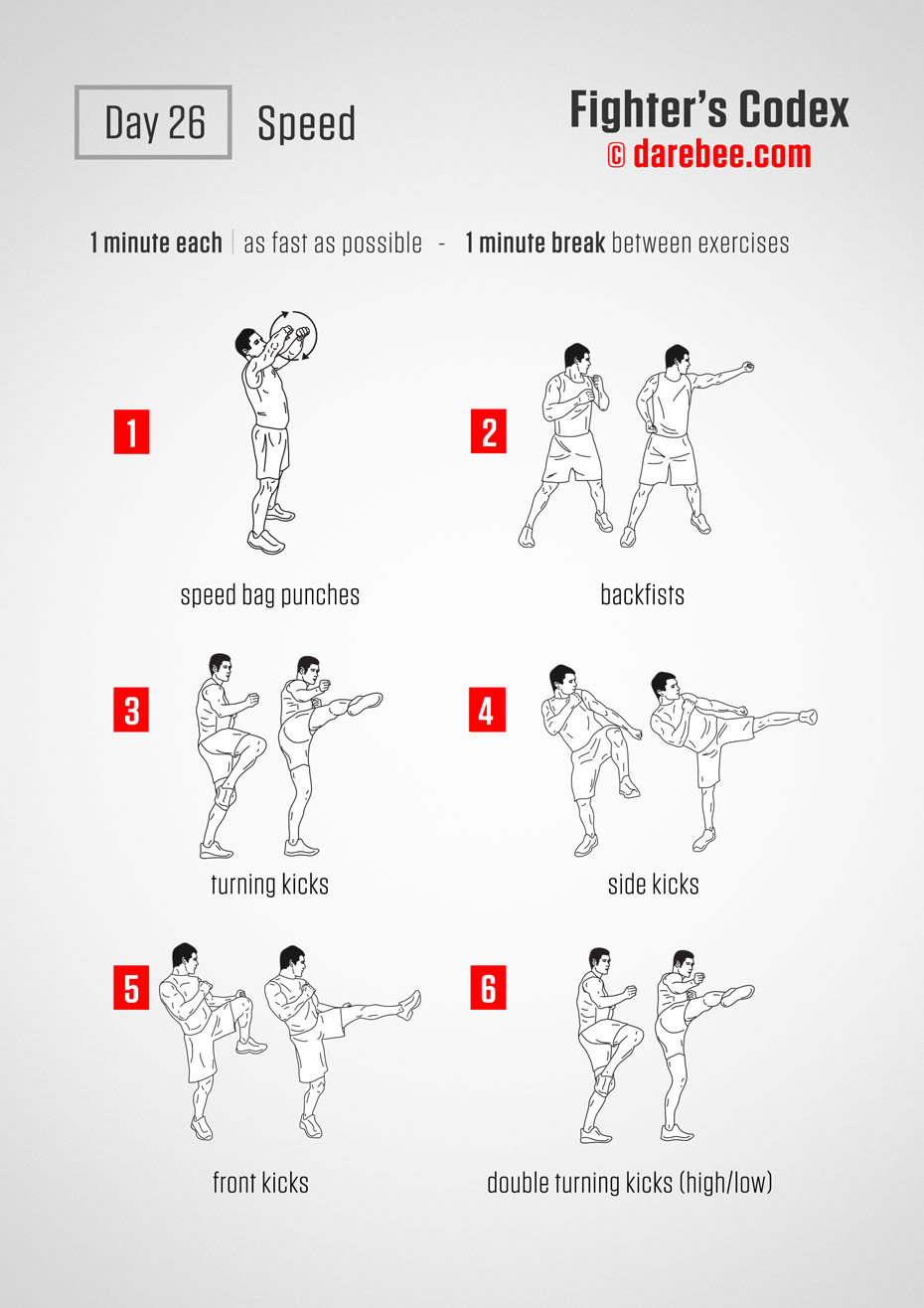
There is only one sure-fire way of developing speed in martial arts: repetition of précises moves executed at the very limit of one’s ability. Speed is acquired by pushing through the limits and the only way to find those limits is to perform as fast as possible to muscle failure, recover and perform again. What happens next is a testament to the body’s ability to adapt. As the muscles are asked to perform again and again at top speed for a length of time that challenges them, they change and the limits get pushed further back. If you are serious about becoming the best you can be, seek to find where the limits lie and then strive to get past them.
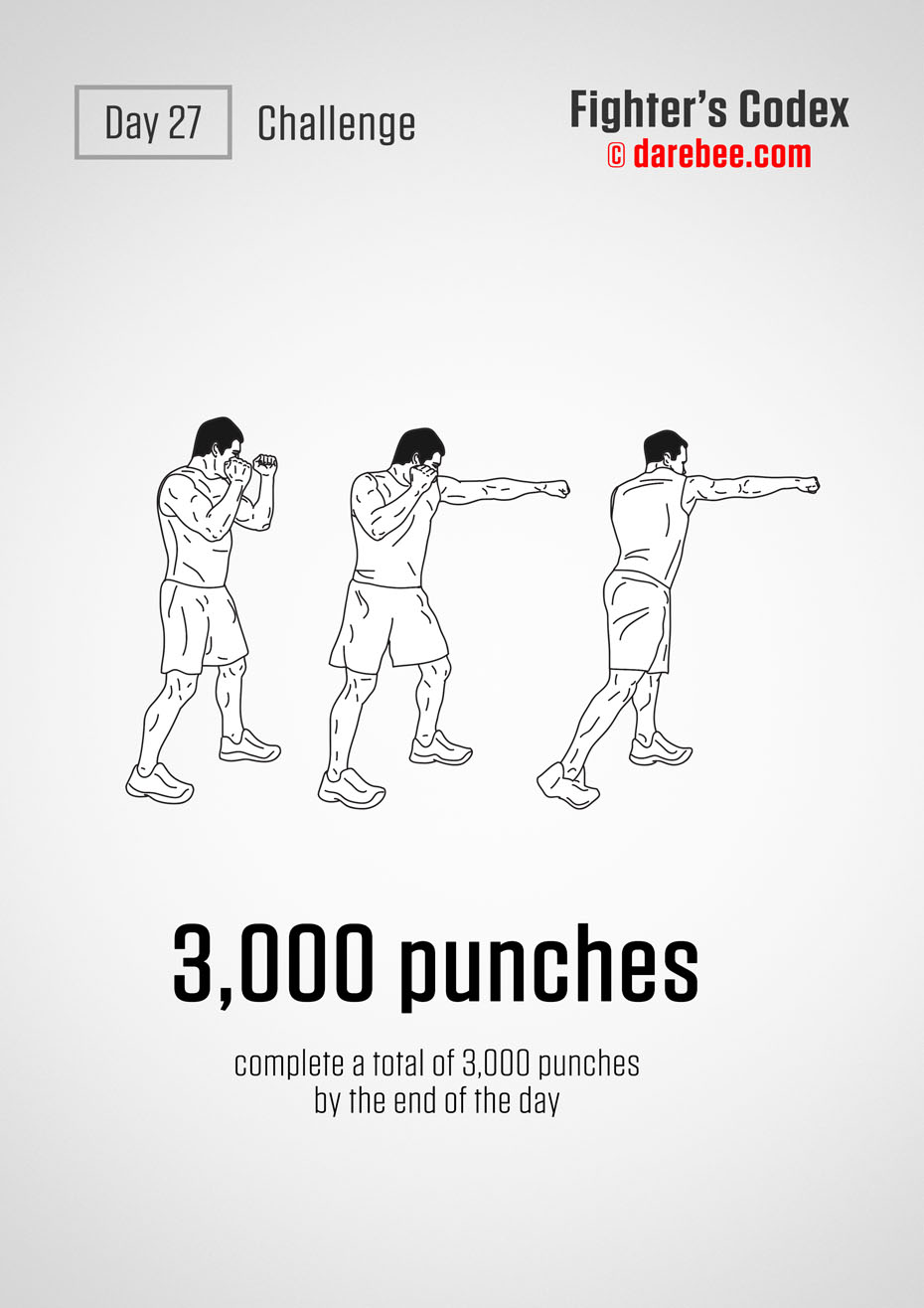
Challenges require one thing: discipline. Discipline has nothing to do with being regimented or following very specific routines. Discipline is a mind thing. It is the setting of goals and targets and then just getting down and meeting them. The moment something is in our sights discipline is what will help us achieve it.
From training to fighting to simply getting through life what makes the difference between having a life and just living is the ability to apply discipline and get things done.
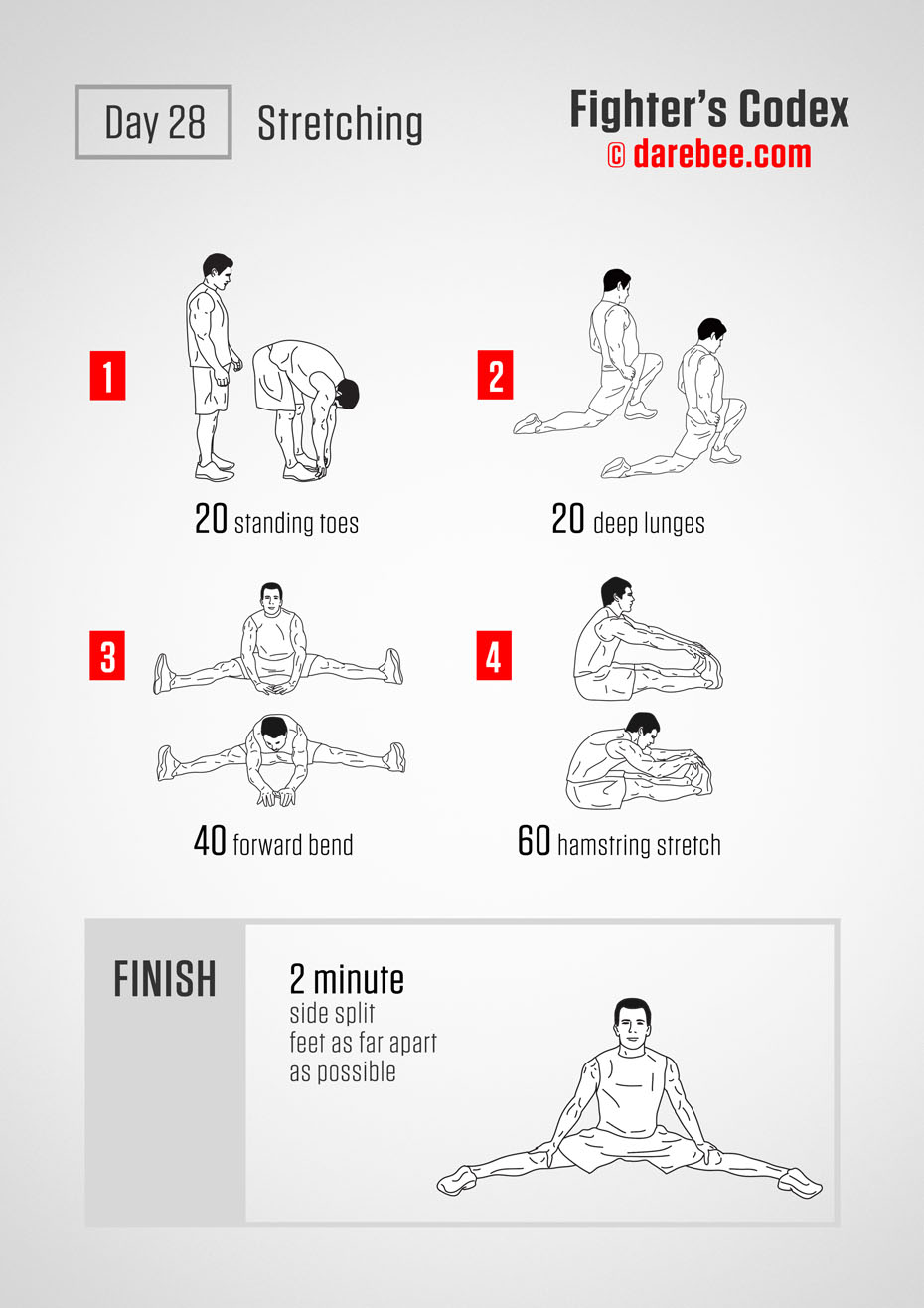
00:00
- 1
- 2
- 3
- 4
- 5
- 6
- 7
- 8
- 9
- 10
In The Doctrine of the Mean Confucius writes: “In all things success depends on previous preparation, and without such previous preparation there is sure to be failure.” Today we have popularized this, in the West with “Those who fail to prepare, prepare to fail”. This is part of your preparation.
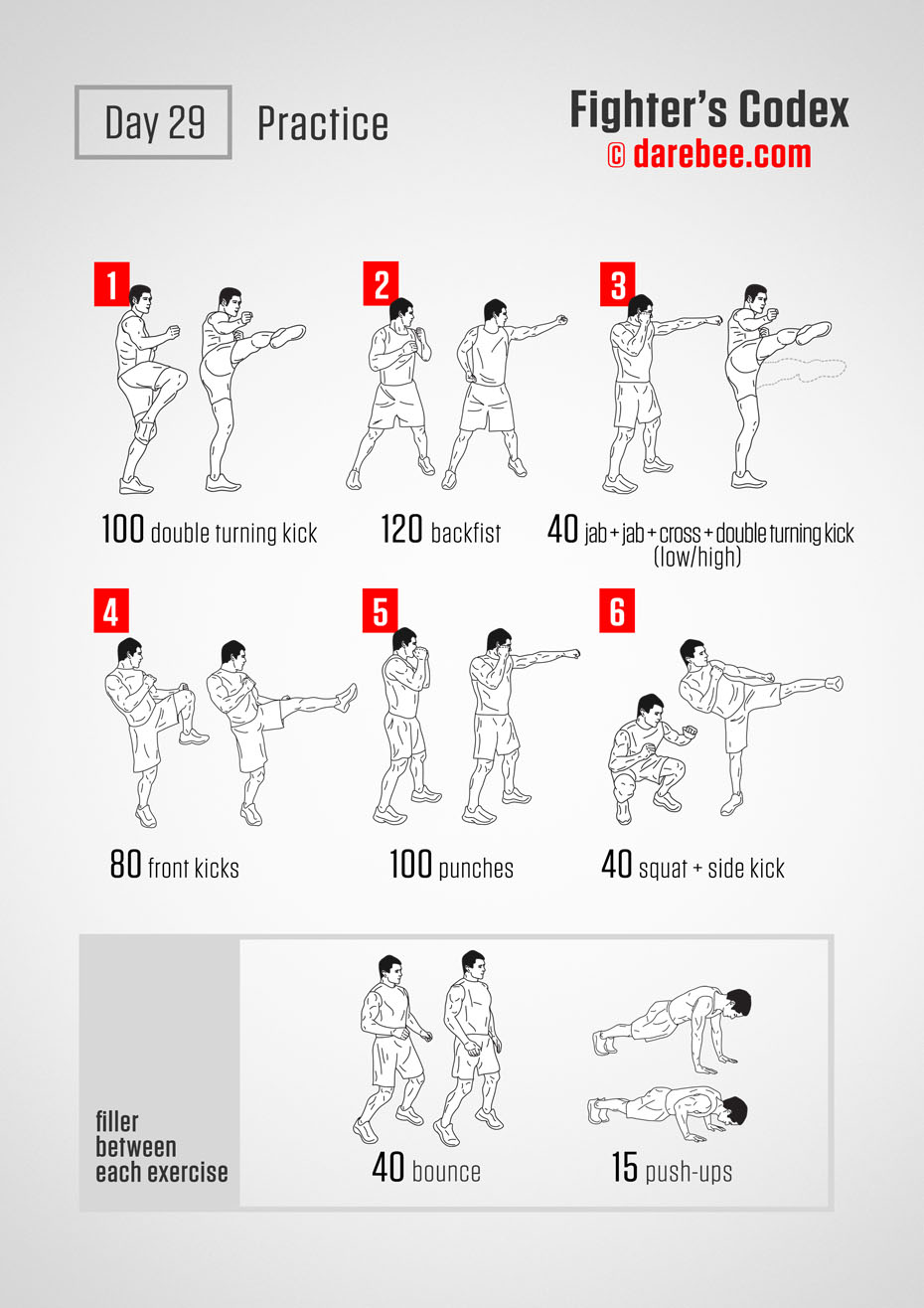
This has been a journey that began with a simple decision: to do the Fighter’s Codex, each day, one day at a time. Like most journeys it has been transformative, though to what effect exactly only, the traveller, can say. Some changes happen quickly, they are easy to see. Others are subtle. They happen deeper inside us and are harder to spot. As you are here, on this penultimate day of your thirty-day journey, only you can really tell how much you have changed and how much more you can change.

00:00
- 1
- 2
- 3
- 4
- 5
- 6
- 7
- 8
- 9
- 10
Bruce Lee’s tragic, untimely death sealed his stardom in our minds, forever. In his lifetime he succeeded in changing the way martial arts was perceived and in breaking it out of the traditional restrictions that frequently prevented westerners from learning Chinese and other oriental martial arts. In doing so he changed the world, leaving a legacy where the ability to train your body to become fitter was inescapably linked with the need to train your mind to become broader. Throughout this 30-day journey we hope you have felt changes in yourself both inside and out. Maybe, without Bruce Lee, this would not have been possible.











